49 Spectacular Museums You Need to Visit in Your Lifetime
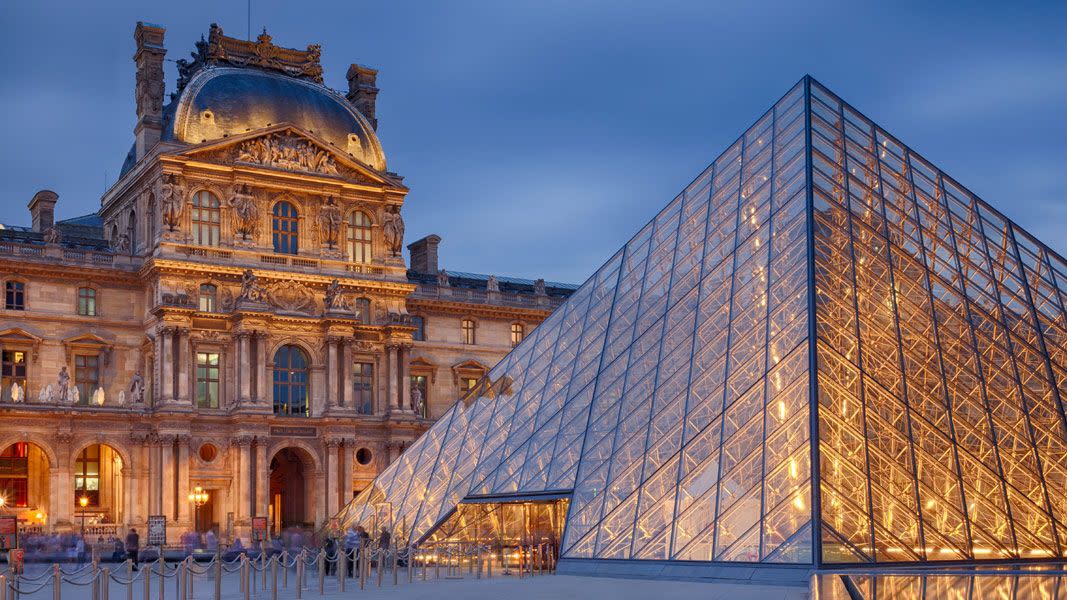
"Hearst Magazines and Yahoo may earn commission or revenue on some items through these links."
Museums and cultural institutions beckon people to explore new cultures and topics through their carefully curated collections and transcending exhibitions. For those quick to dismiss the museum experience as boring, it's time to think again. Galleries worldwide, from Senegal to Japan, have perfected the craft of designing compelling exhibits on art, history, and culture that can change any naysayer's mind.
While the subject matter may vary from location to location, the best museums in the world make visitors think differently about society. An added bonus: Many of these museums are also known for their incredible restaurants and lush landscapes, making a day at the museum a fulfilling experience.
Check out this comprehensive list of 49 of the best museums and galleries throughout the world with one-of-a-kind displays that educate and inspire. Whether you're interested in discovering the gems of Paris or learning about the Post-Impressionist works of Van Gogh, these incredible collections are well worth the trip. Here, the best museums in the world to add to your travel bucket list.
Musée Rodin in Paris
The celebrated sculptor Auguste Rodin spent his final years at Hôtel Biron, surrounded and inspired by its verdant gardens. In a grand gesture, Rodin bequeathed his entire collection of works and possessions to the French state, which then acquired the property and transformed it into Musée Rodin in 1919. Visitors today can wander the very grounds that sparked Rodin's imagination and view iconic sculptures such as The Gates of Hell and The Thinker.
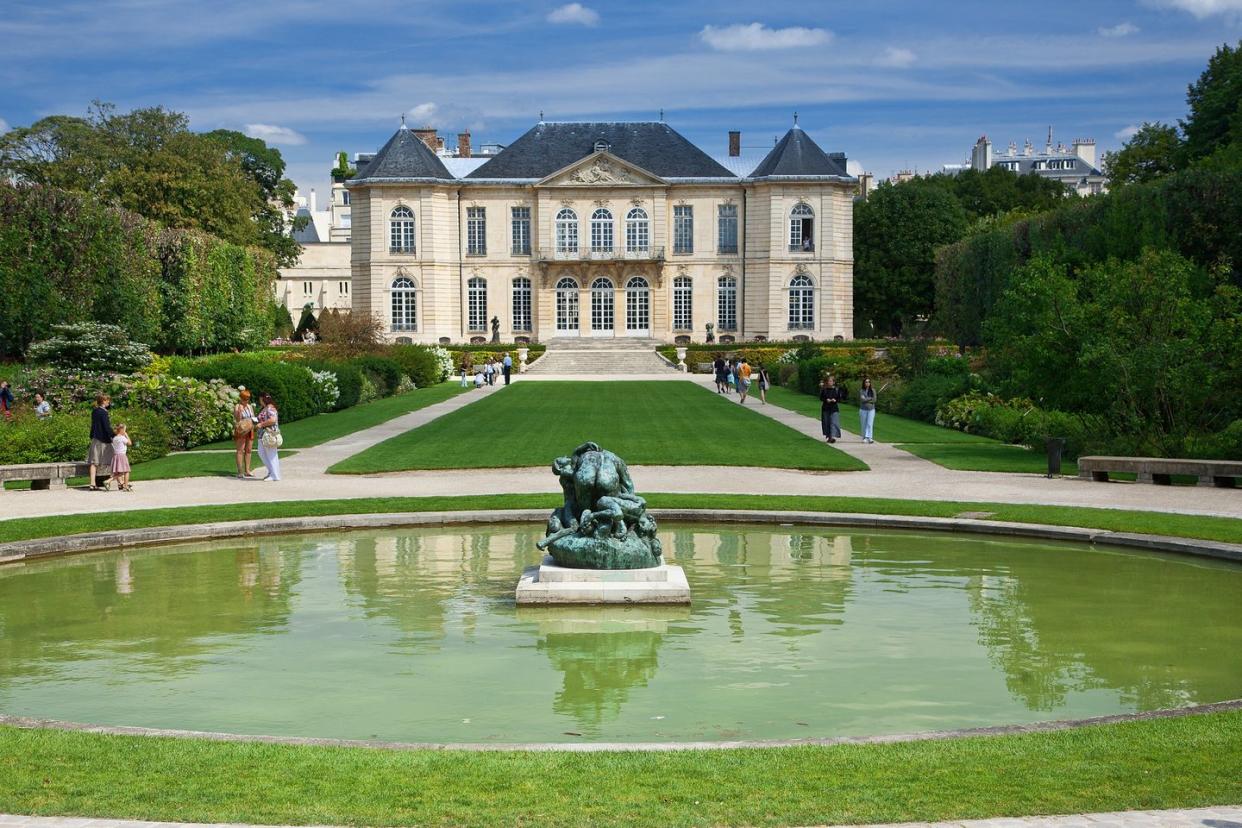
Yves Saint Laurent Museum in Marrakesh
Just a stone's throw from Jardin Majorelle, the Yves Saint Laurent Museum houses an exquisite collection of haute couture garments, accessories, and sketches from the esteemed fashion designer. This museum stands as a tribute to Saint Laurent's enduring legacy and his love for Marrakesh—a city that inspired many of the creations that graced the runway.
On the first floor, the library and study room feature a significant collection of 5,000 volumes on botany, fashion, and Moroccan culture— much of the collection was owned by Yves Saint Laurent and his partner, Pierre Bergé.
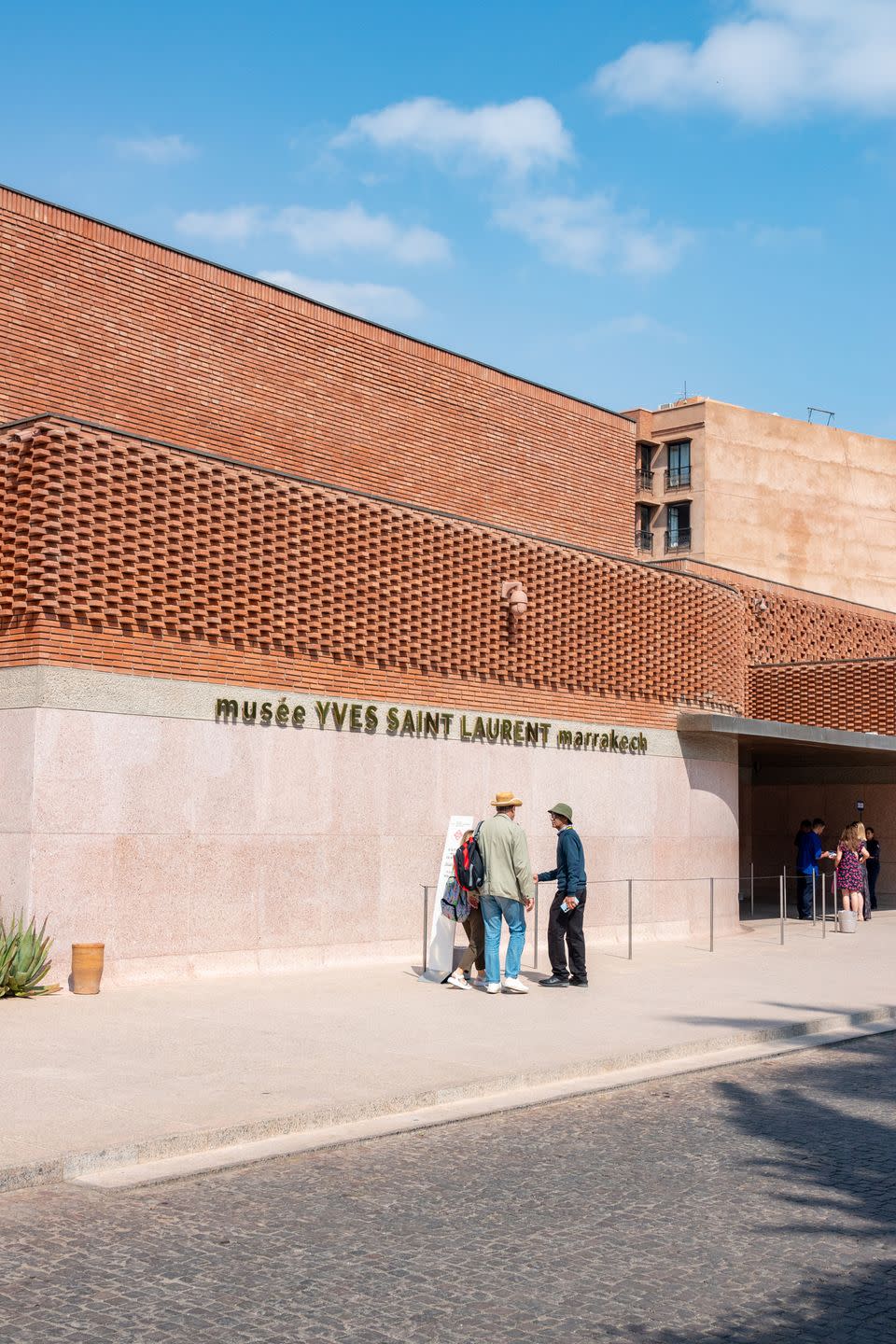
Centre Pompidou in Paris
Amid the classic Haussmann-style buildings of Paris stands the daring Centre Pompidou, a striking museum made of industrial pipes and transparent glass. Known by locals as Beaubourg, this epicenter of contemporary art has remained the talk of the town since its inauguration in 1977. With over 100,000 works, the museum boasts an impressive array, featuring pieces from the renowned French artist Yves Klein and Jean Dubuffet's The Winter Garden.
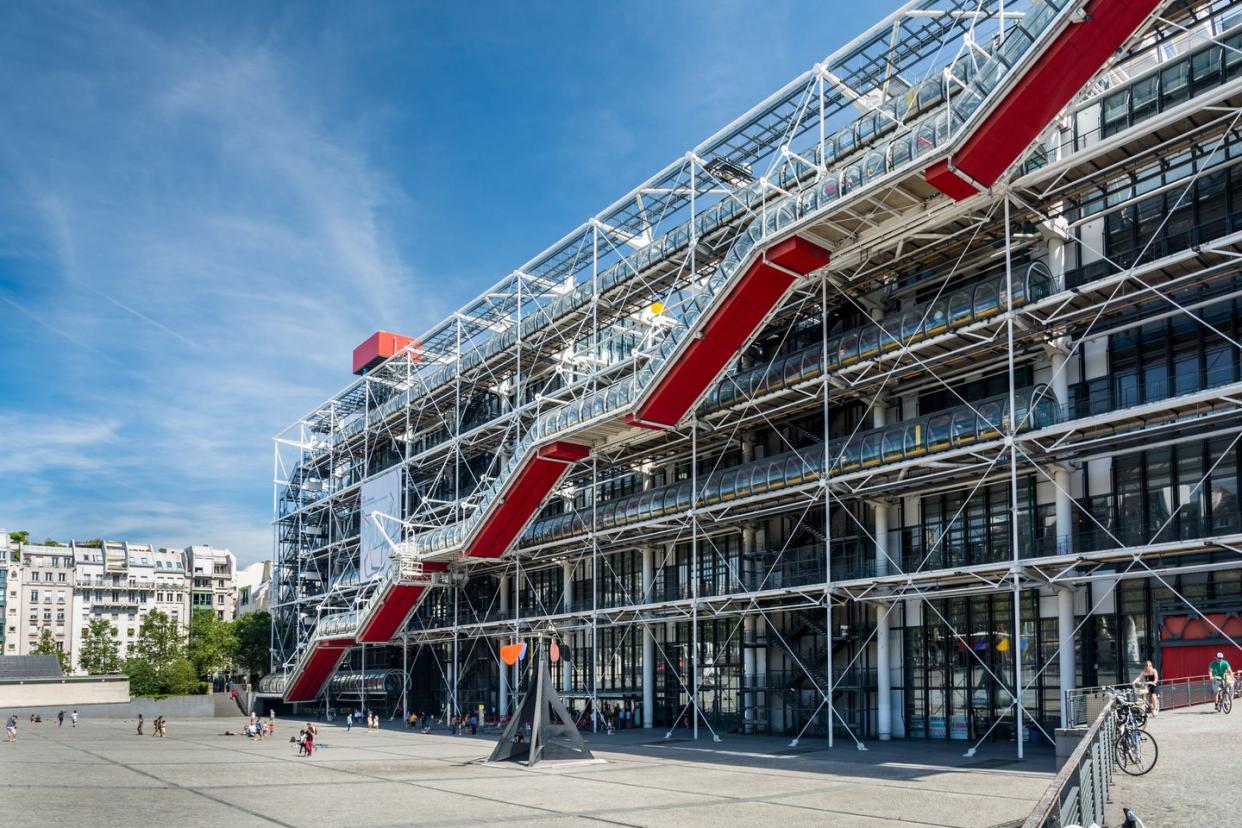
Vatican Museums in Vatican City
The Vatican Museums encompass a collection of galleries, chapels, and museums located within Vatican City, showcasing art collected and commissioned by the Catholic Church over centuries. The crowning jewel is the Sistine Chapel, home to Michelangelo's awe-inspiring ceiling frescoes and The Last Judgment. Additionally, the Raphael Rooms on the second floor of the Pontifical Palace feature the masterful frescoes of the Renaissance master.
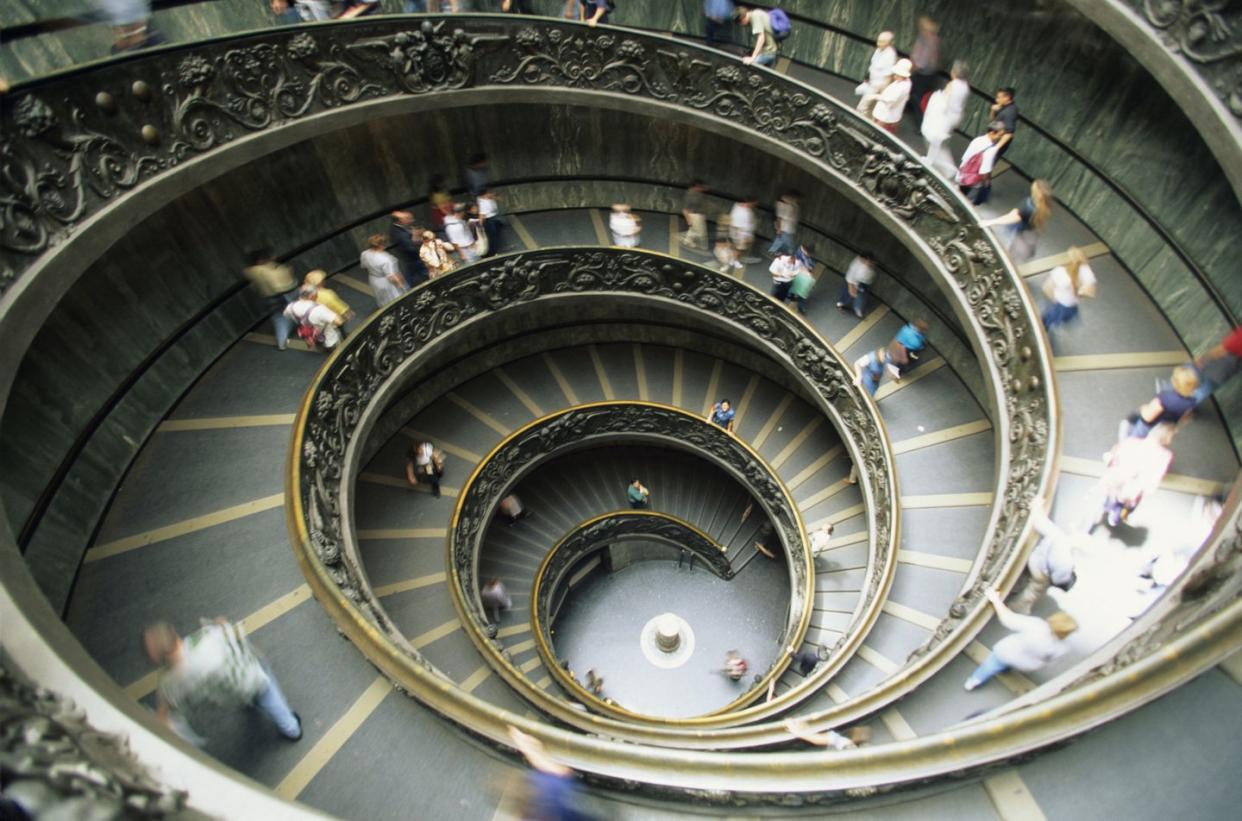
Musée D'Orsay in Paris
The Musée D'Orsay, once a railway station, houses an internationally renowned collection of Impressionist art and other Western pieces from 1848 and 1914. Architect Victor Laloux built the original magnificent structure in 1900 to welcome visitors to the World’s Fair. After its closure in 1939, the Beaux-Arts station remained in a state of disuse until President Valery Giscard authorized renovations on the historic building in the late 1970s.
Inaugurated in 1986, the white limestone walls are now home to some of the most notable artworks in France, paintings by Paul Gauguin and Edouard Manet.
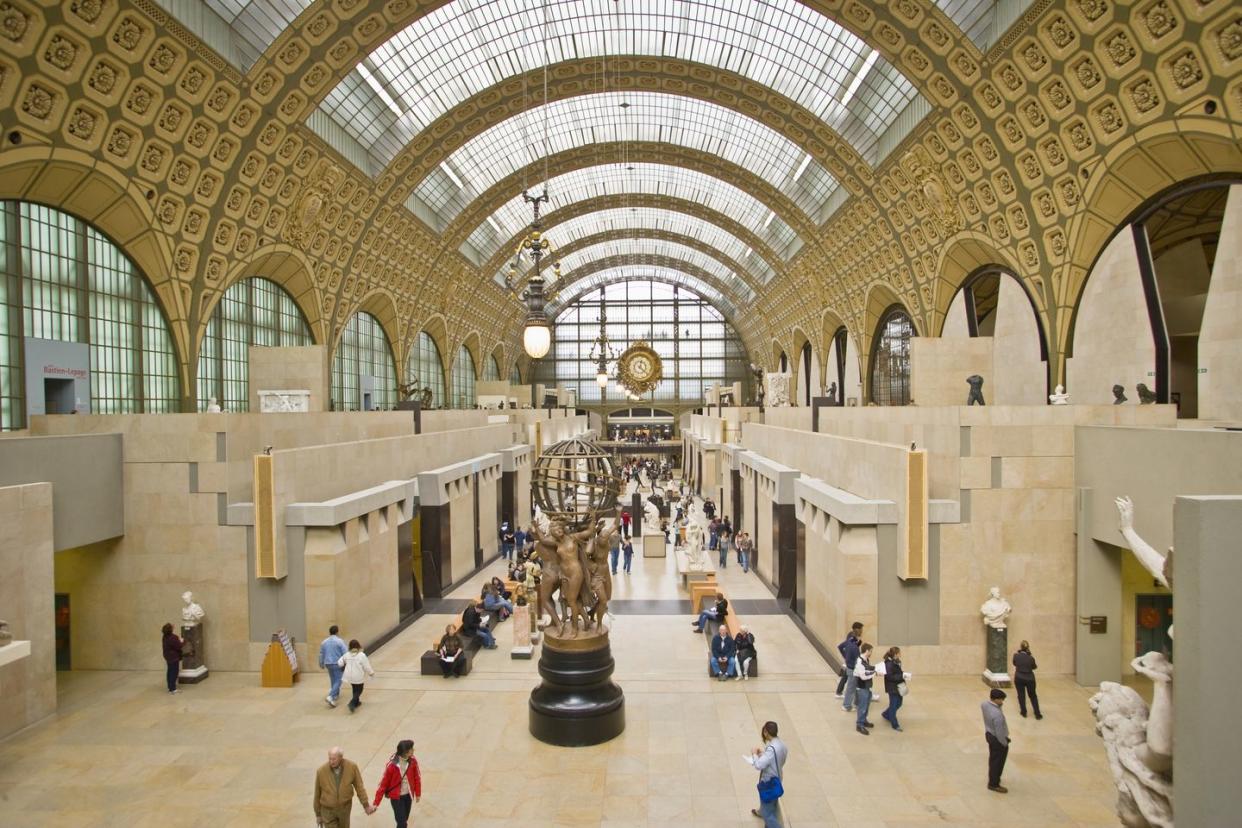
Museo Reina Sofia in Madrid
Since its inception in 1990, the Museo Reina Sofia has always been viewed as a cultural center where art retells the history of Spain and gives insight into its future. The 20,000-piece collection focuses primarily on Spanish artists from the 20th century, but you'll find a number of groundbreaking pieces from international artists like Vasily Kandinsky and Sarah Grilo.
The star of the museum is Pablo Picasso's Guernica, a powerful oil painting depicting the horrors of the Spanish Civil War. Reina Sofia's other signature exhibition of includes the works of Salvador Dalí.
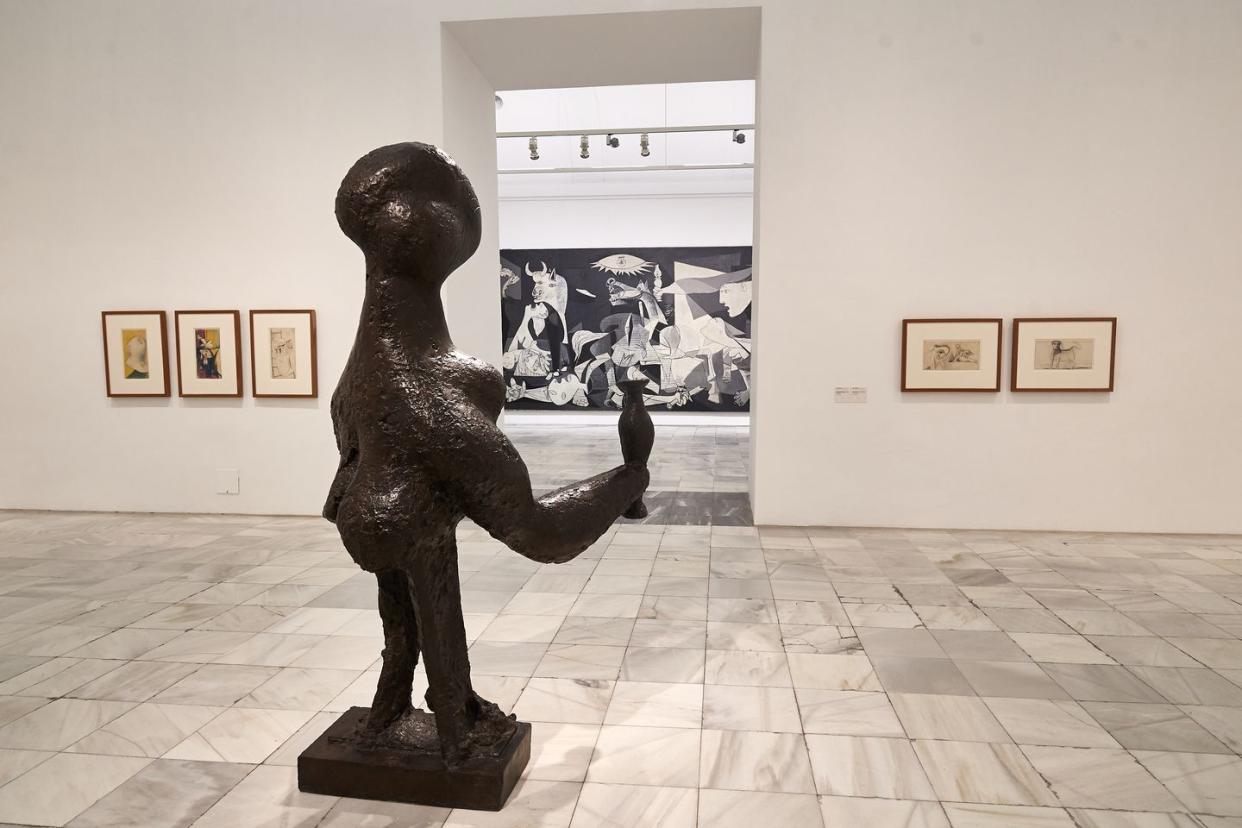
The Musée du Louvre in Paris
The Musée du Louvre has way more to offer than just Leonardo da Vinci's Mona Lisa. King Philip II ordered the construction of a fortress in 1190 to protect Paris. During the 16th century, the Louvre served as a royal palace for the monarchy until King Louis XIV moved the royal residence to Versailles. The National Assembly opened the Louvre as a museum in 1793, starting its legacy as the world’s largest art museum. The Winged Victory of Samothrace and Psyche Revived by Cupid's Kiss are just a few of the nearly 380,000 works of art within the Louvre.
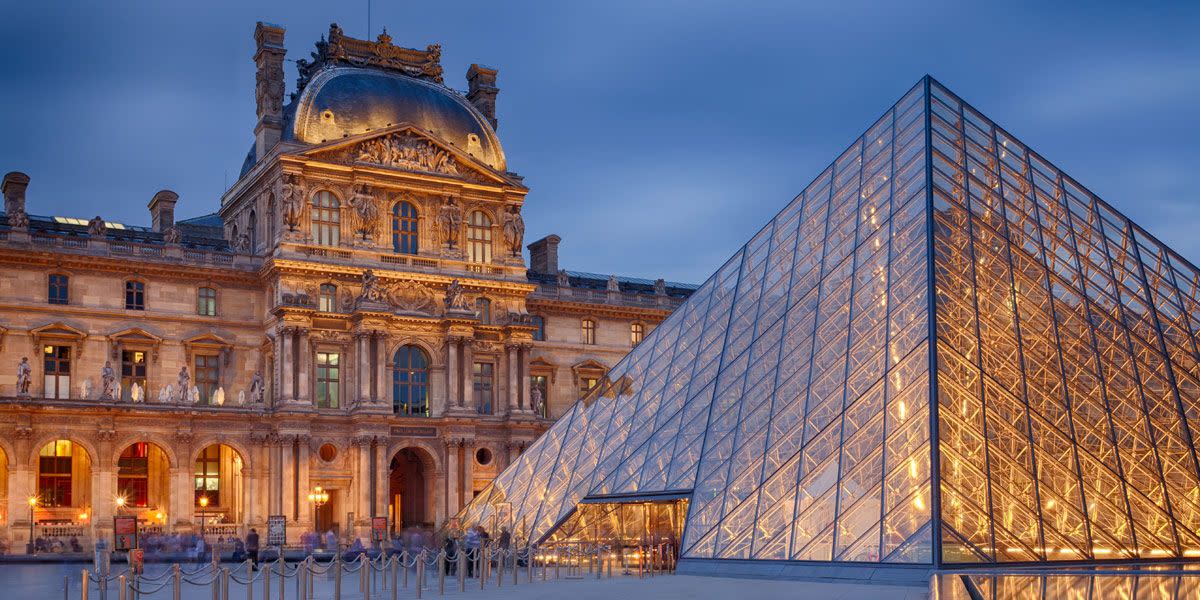
Apartheid Museum in Johannesburg
Since its opening in 2008, the Apartheid Museum has been regarded as one of the most informative museums in South African history. The institution's 21 exhibition halls document the rise and fall of apartheid within the country through film footage, photographs, and artifacts.
Upon arrival, guests are greeted by seven columns detailing the Pillars of the Constitution in the main courtyard. The most striking exhibit details the life and wisdom of Nelson Mandela, the famous revolutionary who served as South Africa's first president after the end of segregation.
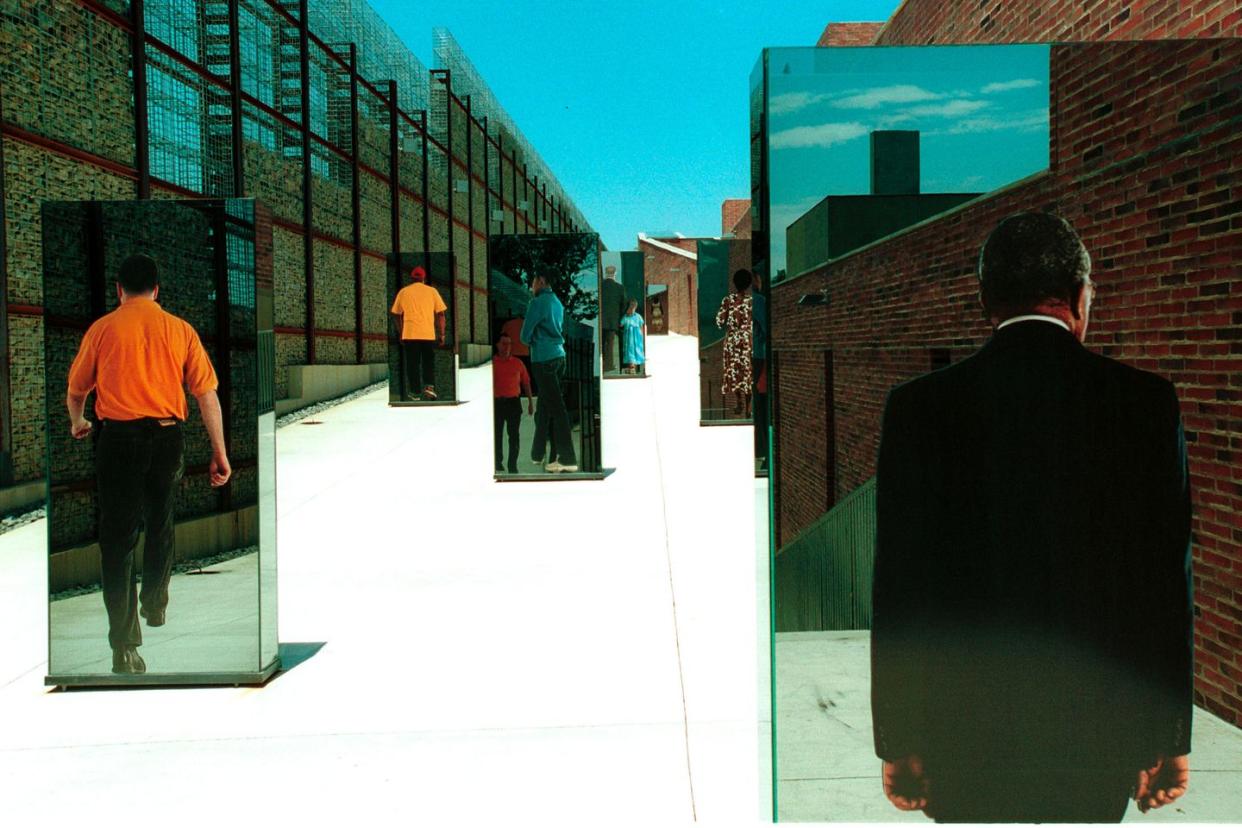
The Museu de Arte de São Paulo
Founded in 1947 by Brazilian businessman Assis Chateaubriand, the Museu de Arte de São Paulo (MASP) was the first modern museum in all of Brazil. Originally located on Rua 7 de Abril, the museum's current glass structure on Avenida Paulista was designed by Lina Bo Bardi in 1968. The award-winning building's airy appearance is mirrored throughout the exhibition halls as works on crystal easels feel as though they are floating.
Its holdings consist of nearly 11,000 artworks and objects collected from all across the world, including the most important collection of European art in the southern hemisphere.
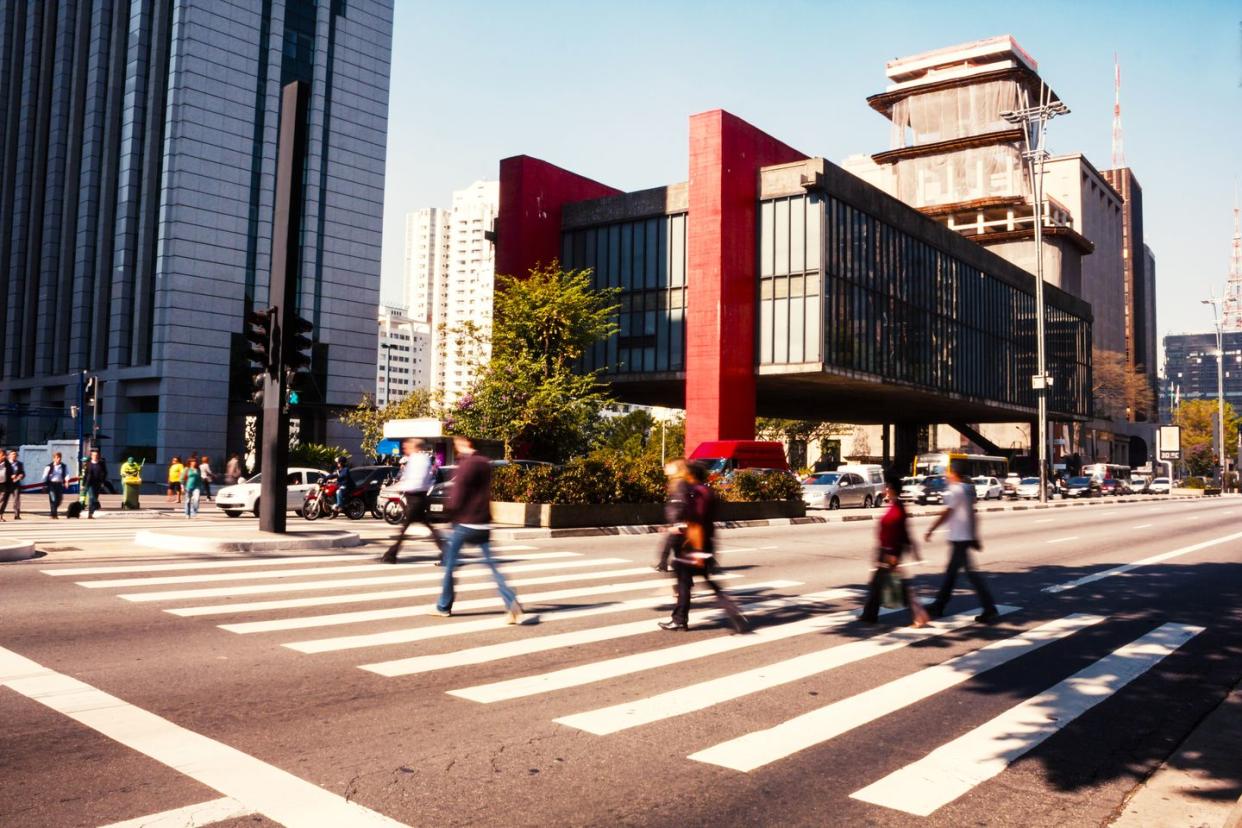
Louisiana Museum of Modern Art in Humlebaek, Denmark
Knud W. Jensen's vision was clear: he wanted to create a museum where Danish people could see modern art from their peers. Though in the years that followed its 1945 founding, the Louisiana Museum of Modern Art quickly turned into the predominant institution of international modernist art and architecture.
The 4,000-piece collection encompasses works from 1945 to today from an array of styles including eclectic European Nouveau, global Realism, and American Art Pop. The institution's main principle is not to simply put things out for show, but educate the masses about each work and its impact on society.
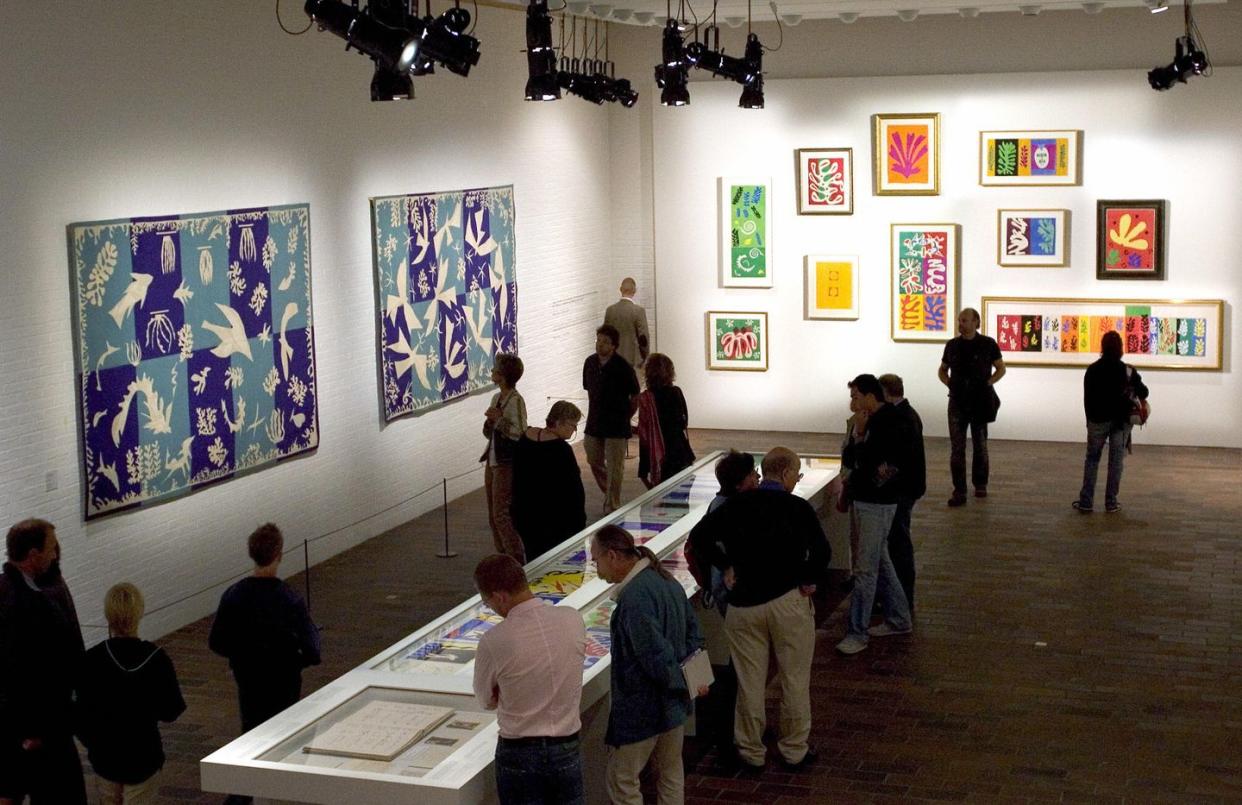
National Museum of African American History and Culture in Washington, D.C.
The only national museum devoted to the documentation of the African American experience, this Smithsonian institution was inaugurated in 2016. However, the idea of the museum was first proposed more than a hundred years before in 1915 by Black veterans of the Civil War. The initial proposal called for a monument to be erected in the honor of Black soldiers and sailors in the nation’s capital, but debates over funding and site locations kept pushing the project back.
It wasn't until 2003 when an Act of Congress established the institution and construction plans began. Today, the National Museum of African American History and Culture houses more than 40,000 objects dedicated to African American life, history, and culture.
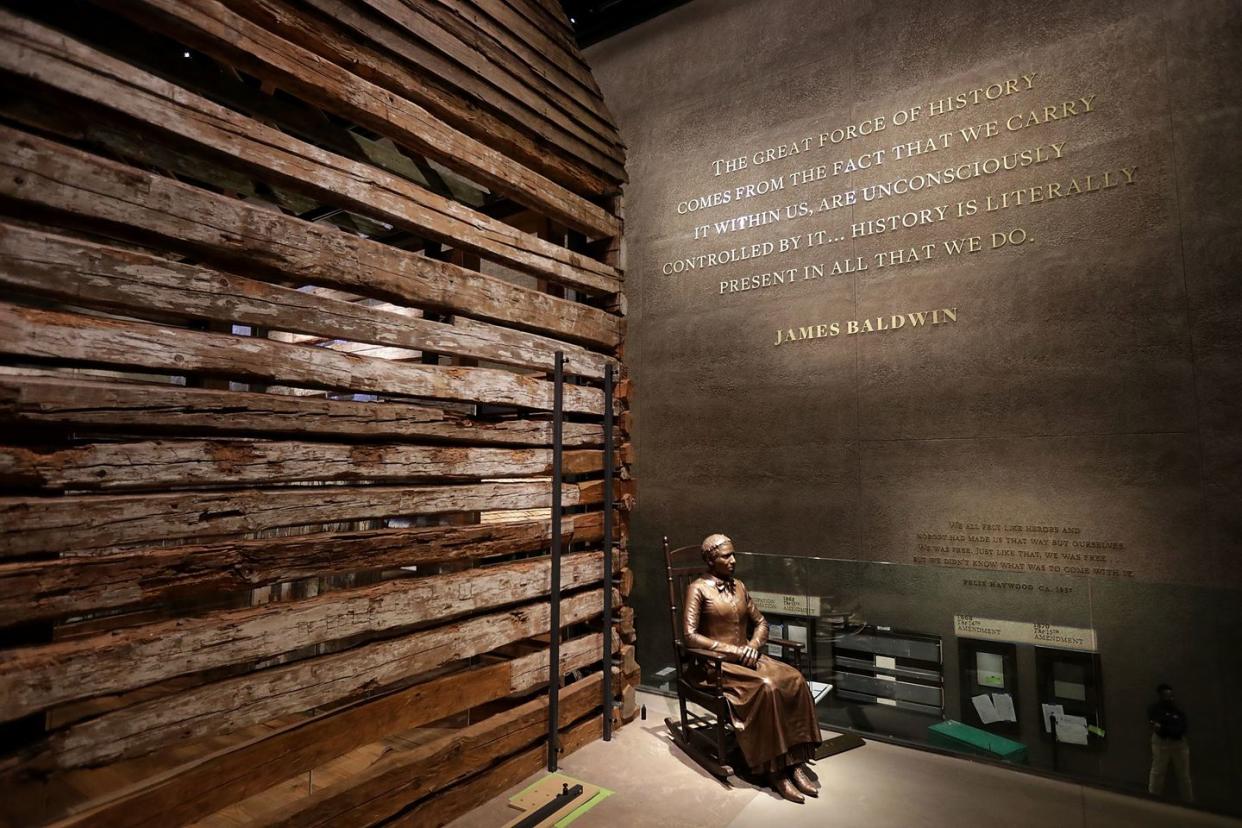
Museum of Black Civilizations in Dakar, Senegal
Inaugurated in 2018, the Museum of Black Civilizations acts as a creative hub for Senegal—and the entire African continent—to celebrate their culture while detailing the struggle that Africans faced throughout history. The museum was the vision of the country’s first president Léopold Sédar Senghor, who vowed to build an institution honoring African art and identity. While Senghor unfortunately passed before the museum opened, his legacy lives on in the curated art selections and striking displays filling the galleries.
The opening of the cultural landmark also spurred a debate amongst the art world, with many scholars calling for museums throughout Europe to return thousands of artifacts looted from Africa during the colonial period.
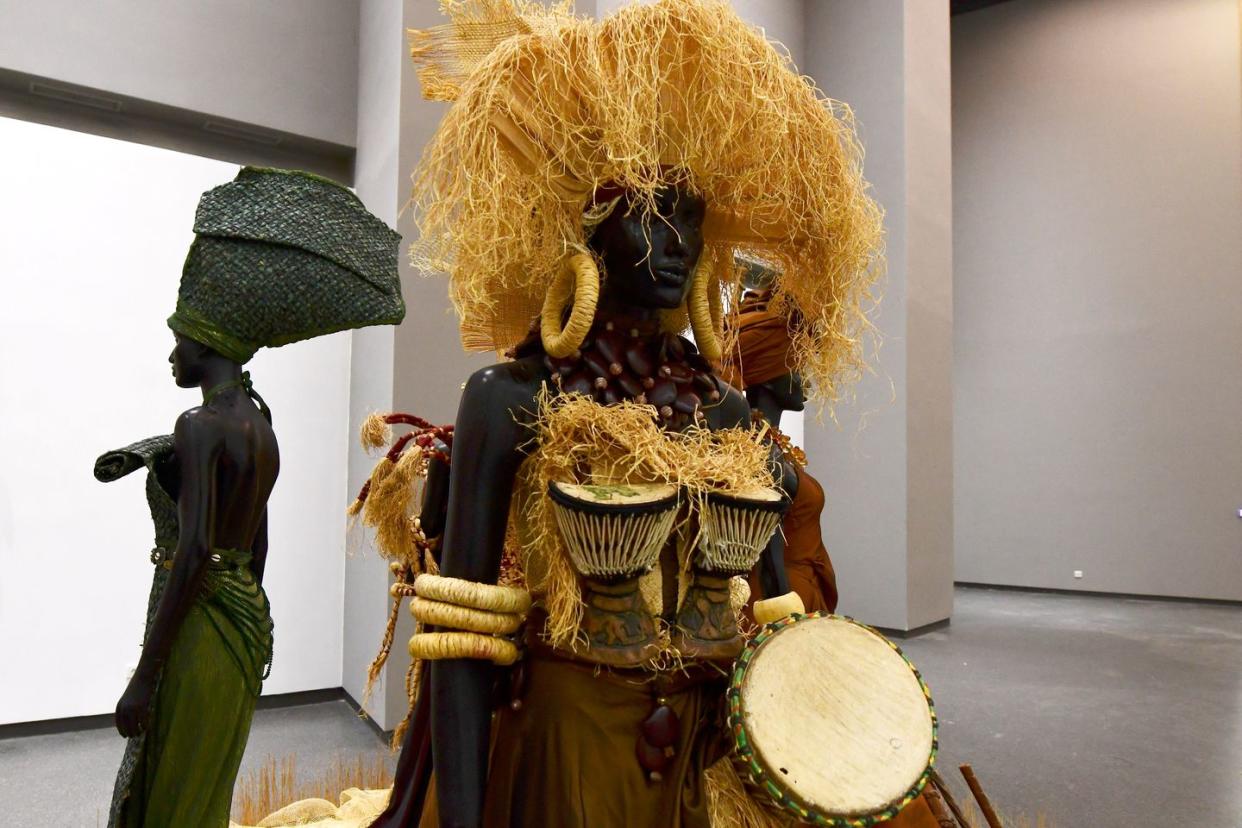
National Gallery of Canada in Ottawa
When the National Gallery of Canada was established in 1880, the first exhibition primarily consisted of 19th-century works at the historic Clarendon Hotel in Ottawa. Over 140 years later, a 30-foot bronze spider called the Maman greets visitors at the gallery’s new home designed by architect Moshe Safdie.
The national art museum now houses 75,000 works of art ranging from Canadian and Indigenous pieces to the neoclassicist painting The Death of General Wolfe by Benjamin West.
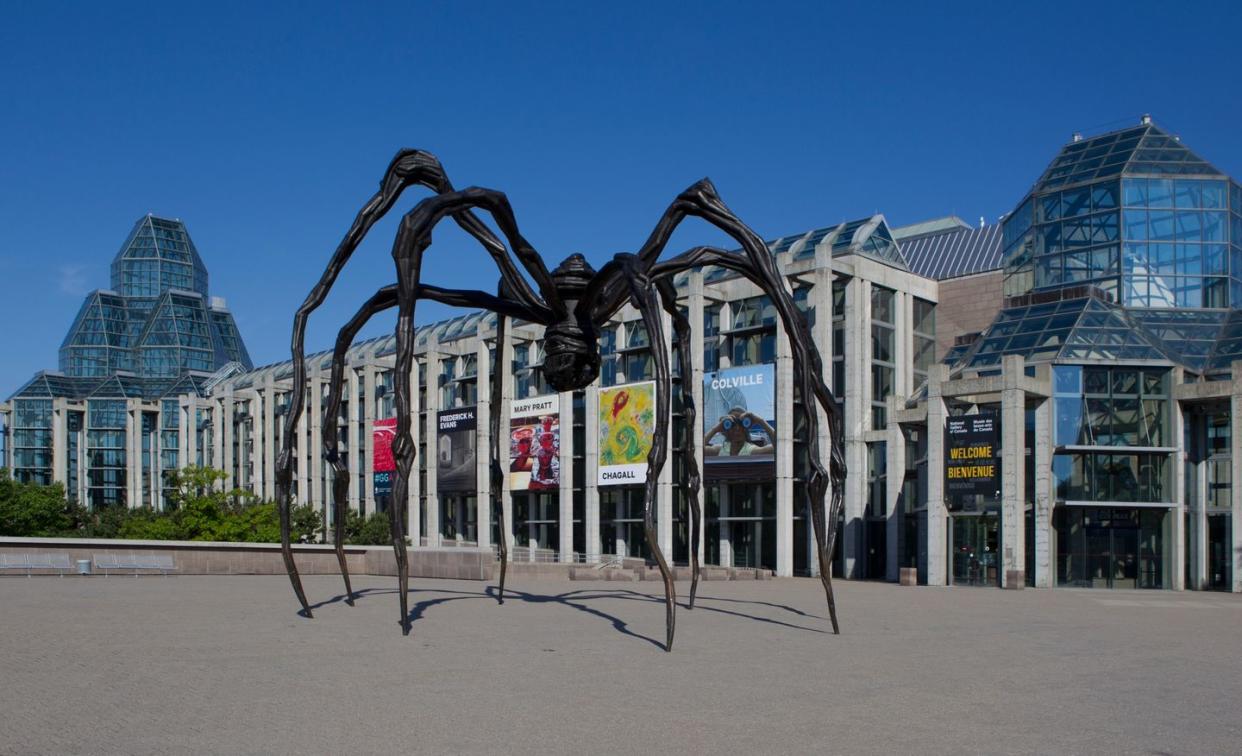
Museum of the Royal Tombs of Sipán in Chiclayo, Peru
In 1987, Peruvian archaeologist Walter Alva was called upon by police to investigate the Moche archaeological site at Sipán, where grave robbers had been looting artifacts. When he began excavating the site, Alva soon found he was not unearthing a few pieces of jewelry and gold, but rather, the tombs of the Lord of Sipán and 14 other members of the Moche civilization.
The Museum of the Royal Tombs of Sipán was built to honor and display what has been considered one of the most important archaeological discoveries in South America. Guests can ogle lavish jewels, regal vessels, and other stunning artifacts of Peru’s ancient community.
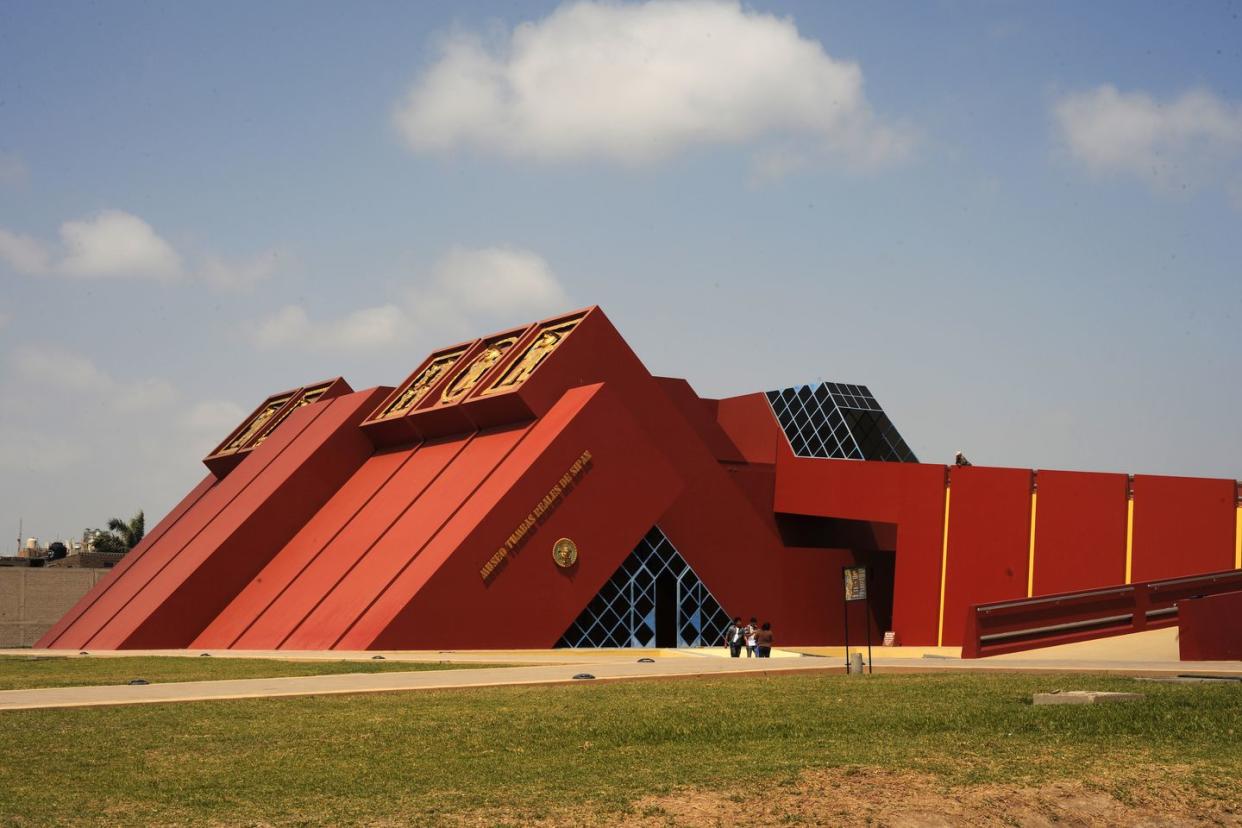
The National Art Center in Tokyo
You never quite know what awe-striking sculpture or Japanese masterpiece you’ll find at this impressive institution. The National Art Center prides itself in being an “empty museum,” constantly ushering new exhibitions and collections spread across it’s concrete-and-glass structure designed by Kisho Kurokawa.
Established in 2007, the quirky museum quickly grew in popularity and became a must-see attraction in Tokyo, boasting roughly 2 million visitors each year. Past exhibitions cover a wide range of topics from the Impressionist works of Claude Monet and the impact of anime on Japanese culture to the history of Cartier.
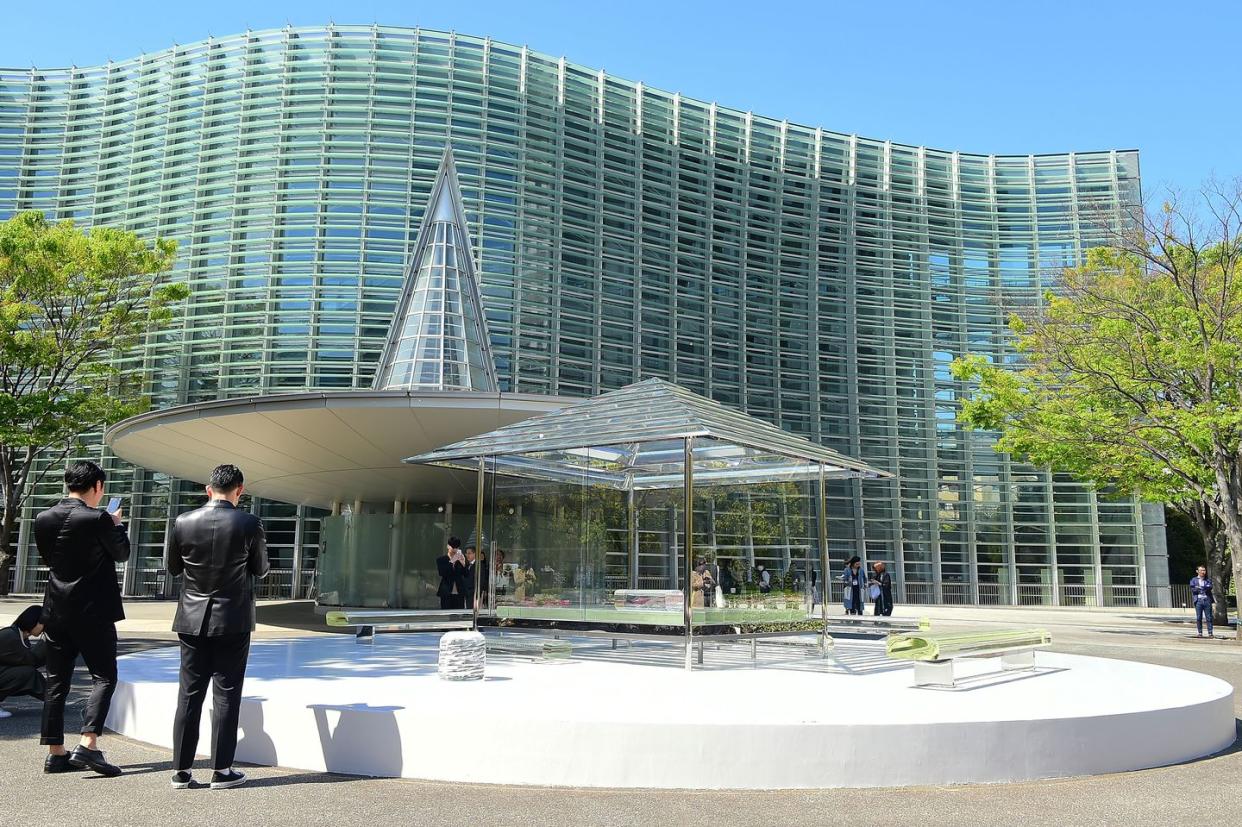
Zeitz Museum of Contemporary Art Africa in Cape Town
With the help of design firm Heatherwick Studio, the once-magnolia-yellow, century-old grain silo complex in the heart of Cape Town transformed into a 100-gallery museum of 21st-century art from Africa and its diaspora. Zeitz MOCAA hosts international events and exhibitions to provide an intercultural look into the world of African art. Works from revolutionary artists such as Kudzanai Chiurai of Zimbabwe and Wangechi Mutu of Kenya decorate the nine floors of the museum.
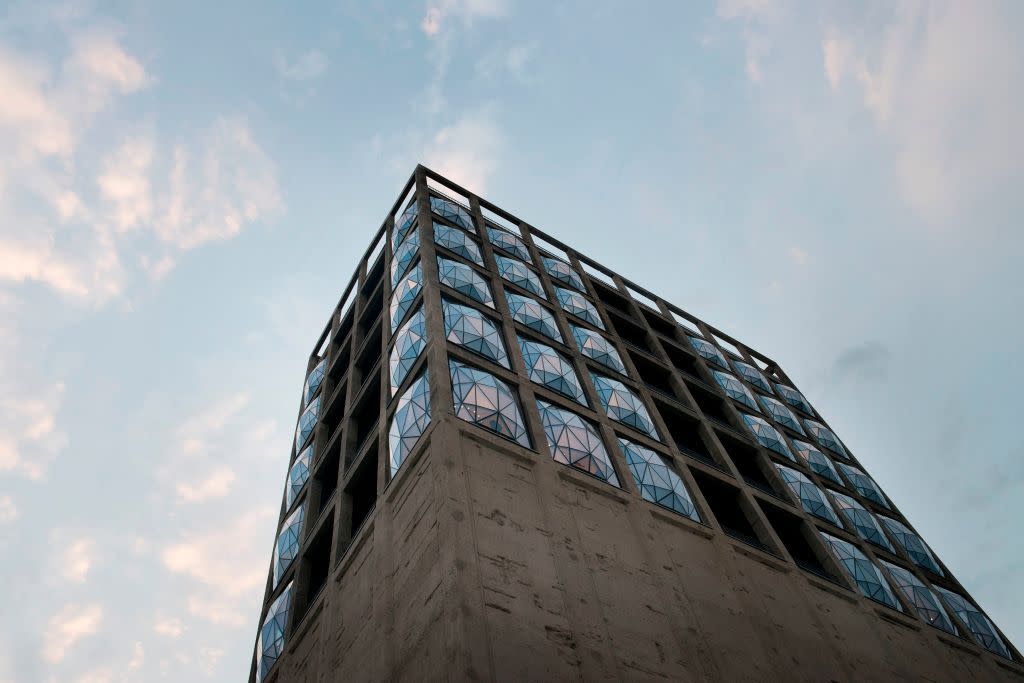
Tate Modern in London
The birth of Tate Modern began in 1889 when Henry Tate, a British industrialist, donated his collection of British 19th-century art and provided funding for the first Tate Gallery. A century later, the Tate Trustees announced the development of an international modern and contemporary art gallery.
Located within the former Bankside Power Station, the gallery showcases groundbreaking works including Marilyn Diptych by Andy Warhol and Nude Woman with Necklace by Pablo Picasso.
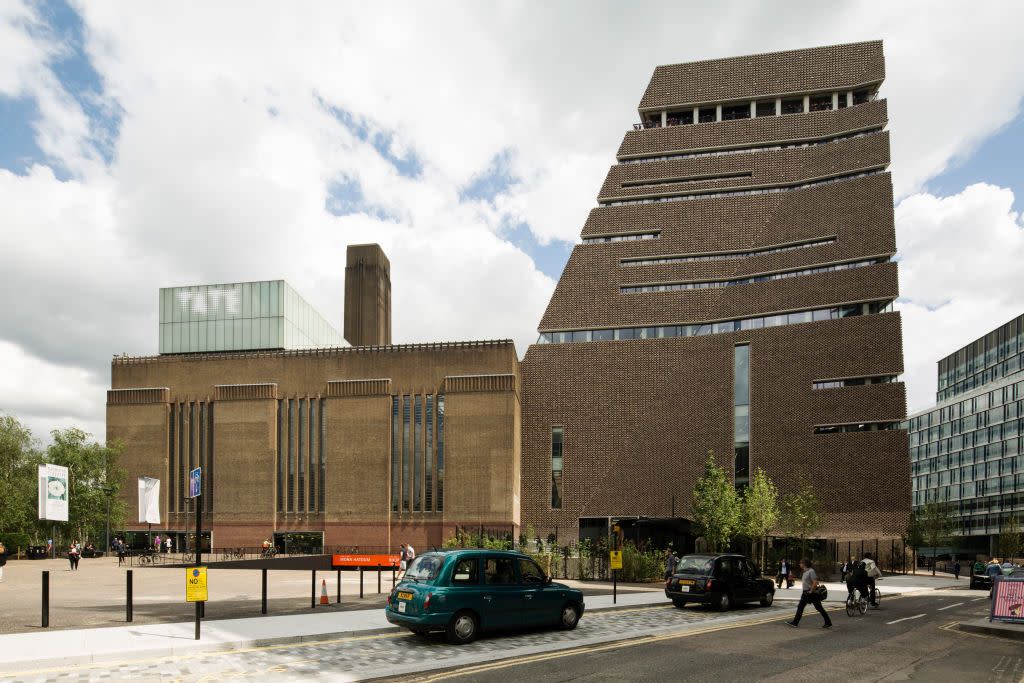
The Metropolitan Museum of Art in New York City
The beginnings of the Metropolitan Museum of Art date back as far as 1866 in Paris, France, where a group of Americans discussed the need to bring art education to the public. On April 13, 1870, the Met opened within the historic Dodworth Building before moving to its permanent location on Fifth Avenue and 82nd Street in 1880.
The museum presents over 5,000 years of artwork, including Islamic art dating back to the seventh century and the well-known Edgar Degas’ painting The Dance Class.
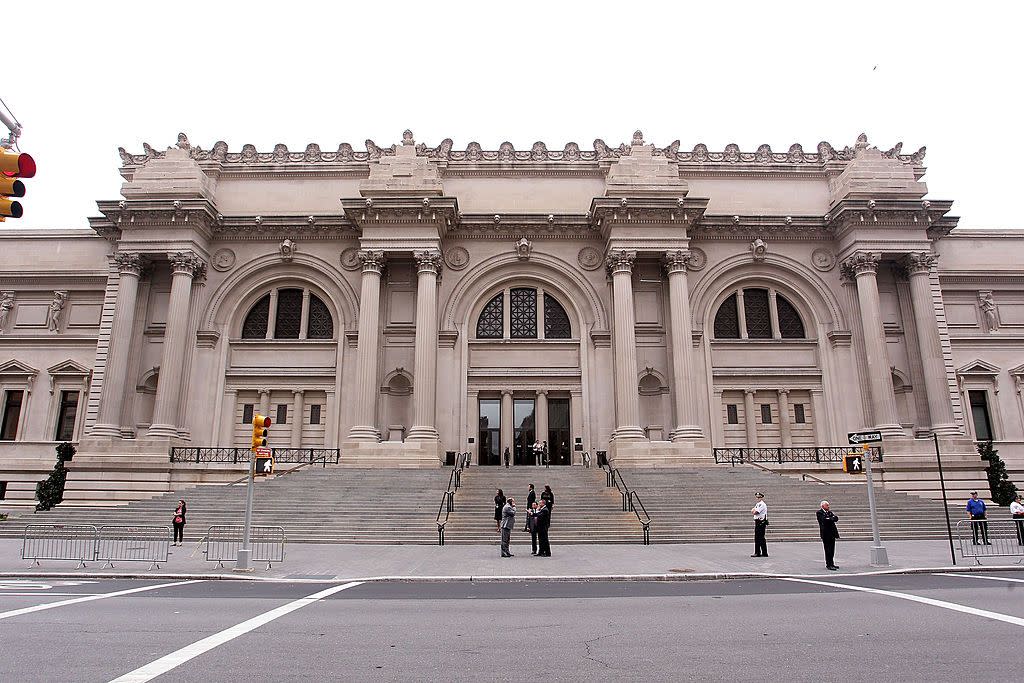
Bangkok National Museum
The first national museum in Thailand, this Bangkok cultural splendor houses the country’s most extensive collection of Thai artifacts and artwork. The museum’s structures can be traced back to 1782, when they served as the palace of Rama I's viceroy, Prince Wang Na.
Nearly 100 years later, the grounds were transformed into a museum with three differently themed galleries: a Thai History Gallery, an Archaeological and Art History collection, and a Decorative Arts and Ethnological Collection. In addition to the main collections, guests can discover one of the most revered images of Buddha, Phra Phuttha Sihing, in the Bhuddhaisawan Chapel.
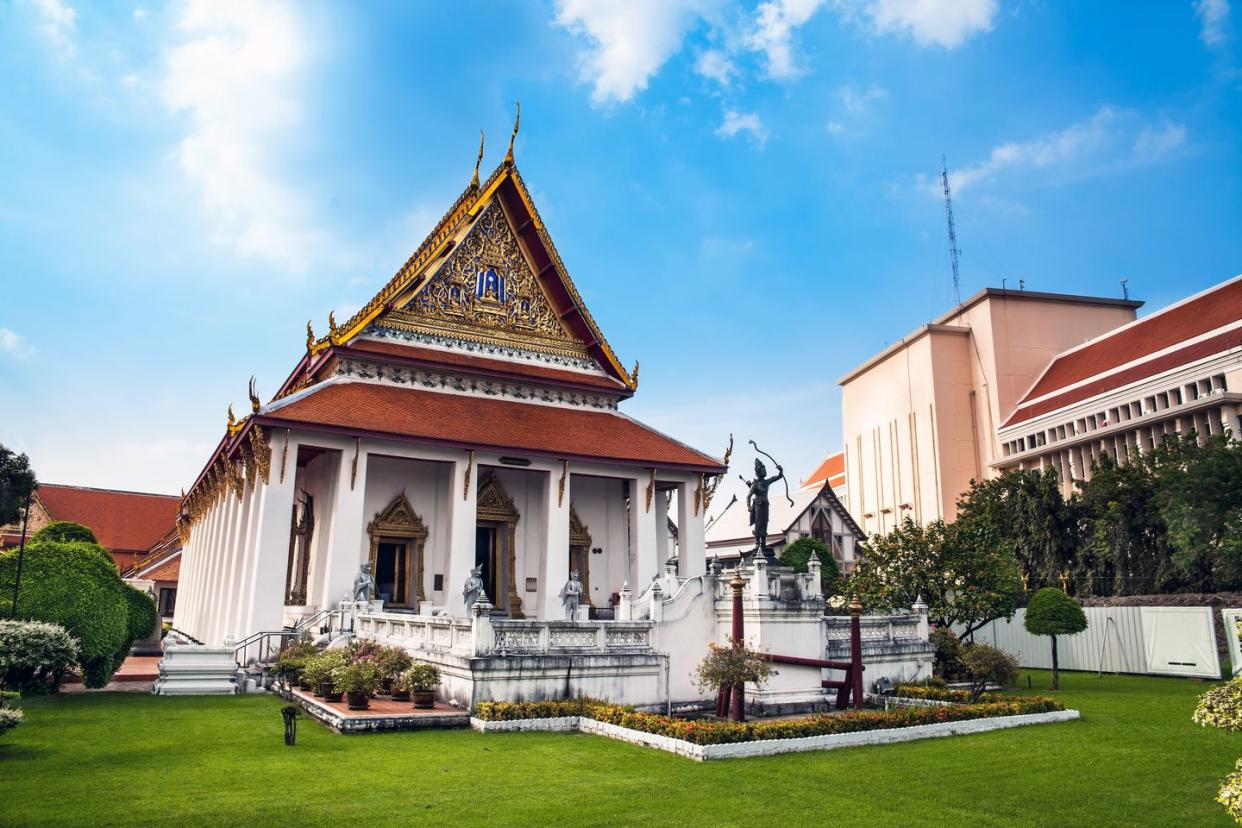
Mauritshuis in The Hague, Netherlands
Known as the Royal Picture Gallery of the Netherlands, Mauritshuis houses a rare collection of Golden Age paintings from countless Dutch and Flemish artisans. In 1816, King William I offered the collections once owned by his father, stadtholder Prince William V, to the Dutch state, establishing the first national gallery in The Hague. The Mauritshuis’s 841 works of art include Johannes Vermeer’s Girl with a Pearl Earring and Carel Fabritius’ The Goldfinch.
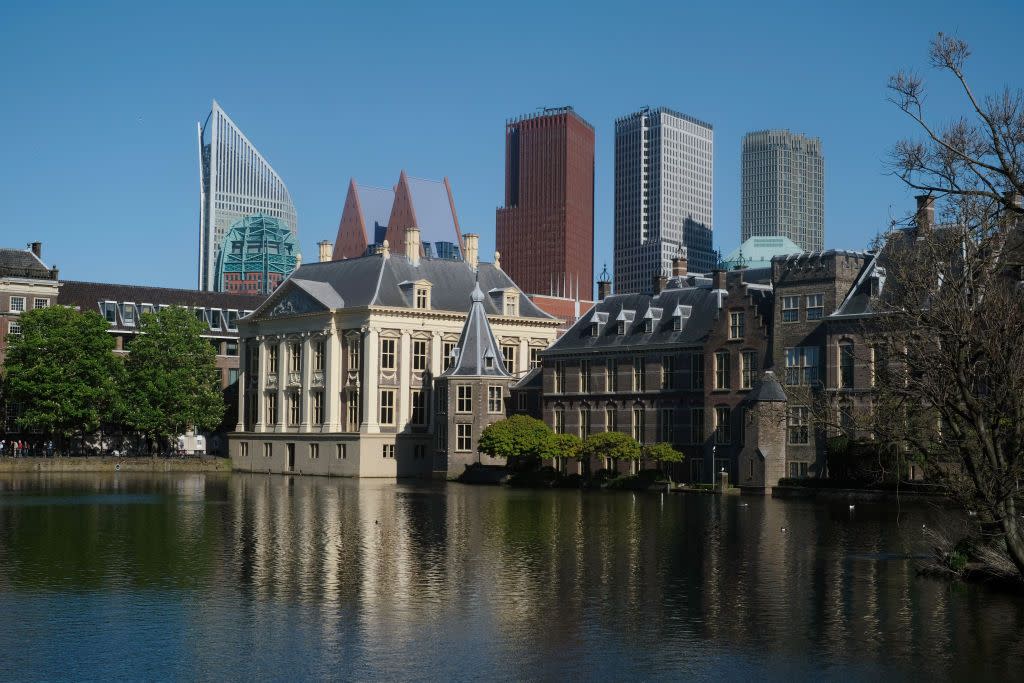
The National Palace Museum in Taipei
The National Palace Museum originally began as the former Palace Museum in the Forbidden City, whose collection included artwork from the Ming and Qing dynasties. The permanent collection features nearly 700,000 pieces of imperial artifacts and encompasses 8,000 years of Chinese history including calligraphic works by Tang Yin. The National Palace Museum compound also includes the classic Chinese Song- and Ming-style Zhishan Garden.
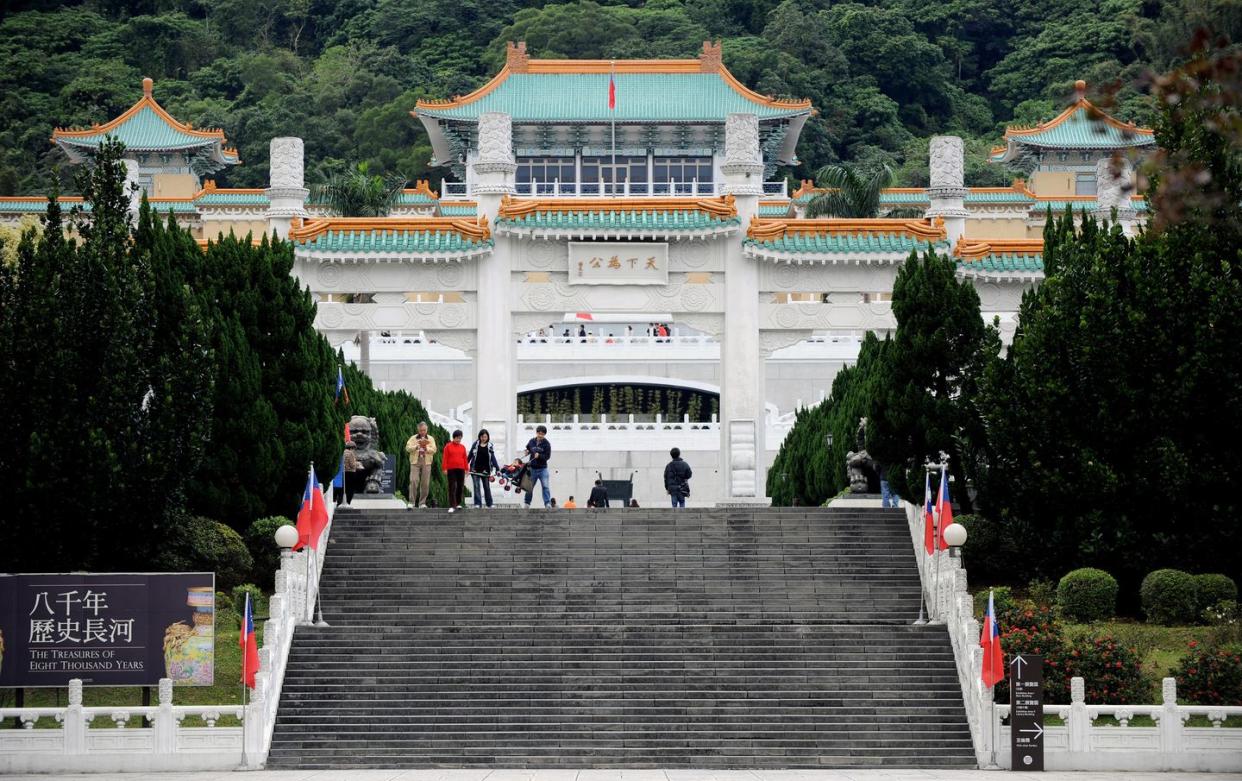
The Museum of Egyptian Antiquities in Cairo
One of the largest museums in North Africa, the Egyptian Museum houses nearly 120,000 ancient Egyptian artifacts and the world’s largest collection of Pharaonic antiquities. The museum was commissioned in 1835 by the Egyptian government in hopes to stop the looting of many archeological and historic sites. Visitors can come face to face with the gold mask of Tutankhamun, which is composed of 11 kilograms of solid gold.
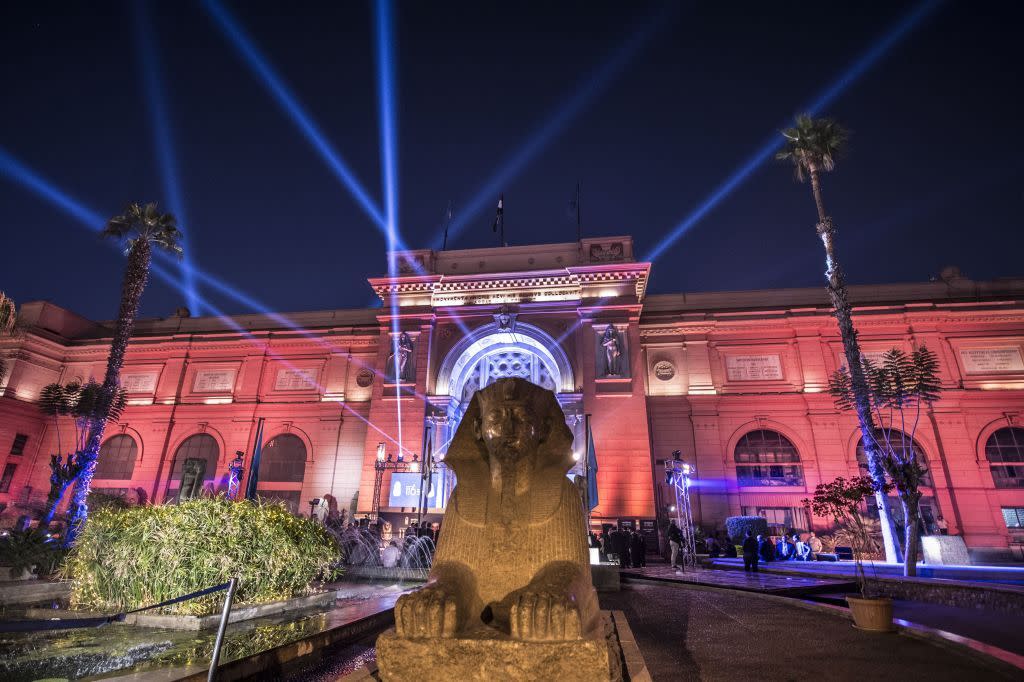
Kunsthistorisches Museum in Vienna
Emperor Franz Joseph I of Austria-Hungary commissioned the Kunsthistorisches Museum around 1891 as a place to display the terrific art collection from the House of Hapsburgs, which is the still the museum’s primary collection. Housed within the palatial building on Ringstraße, the museum’s works includes Madonna del Prato by Raphael and Diego Velázquez’s well known portrait Infanta Margarita Teresa in a Blue Dress.
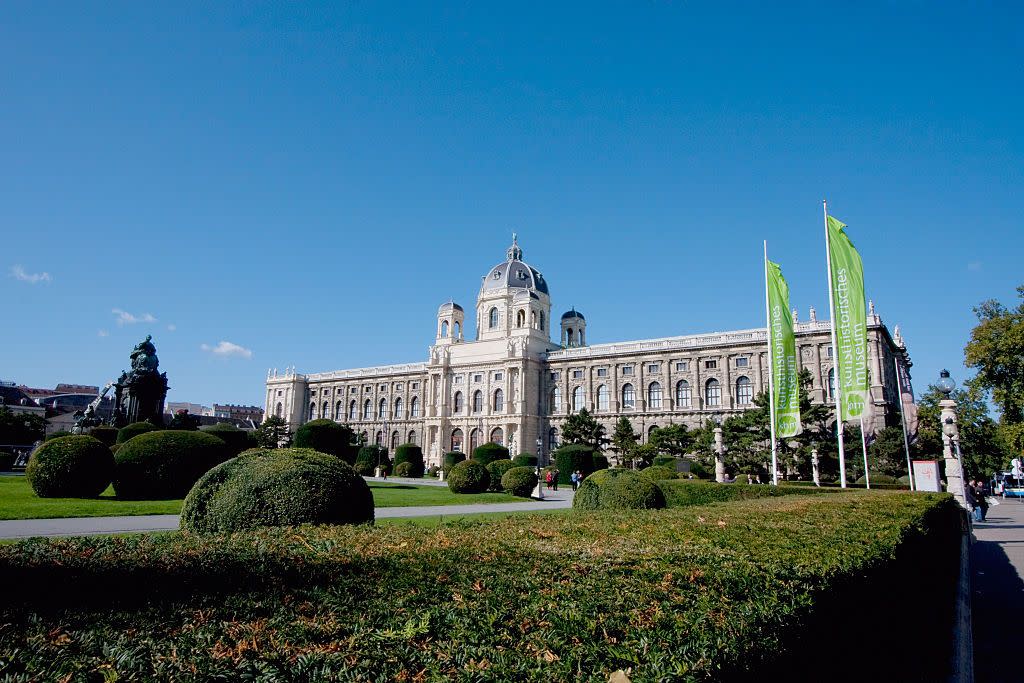
War Remnants Museum in Ho Chi Minh City
Hidden amidst the bustle of Ho Chi Minh City sits a shocking scene of fighter jets and tanks lined up seemingly ready for action. While it may appear to be an army base, it's actually the War Remnants Museum which truthfully documents the brutal effects and tragedies of the Vietnam War through photography and relics. A heavier museum-going experience, the war museum offers insight into a defining chapter of the country's history, and how it has affected the nation's identity today.
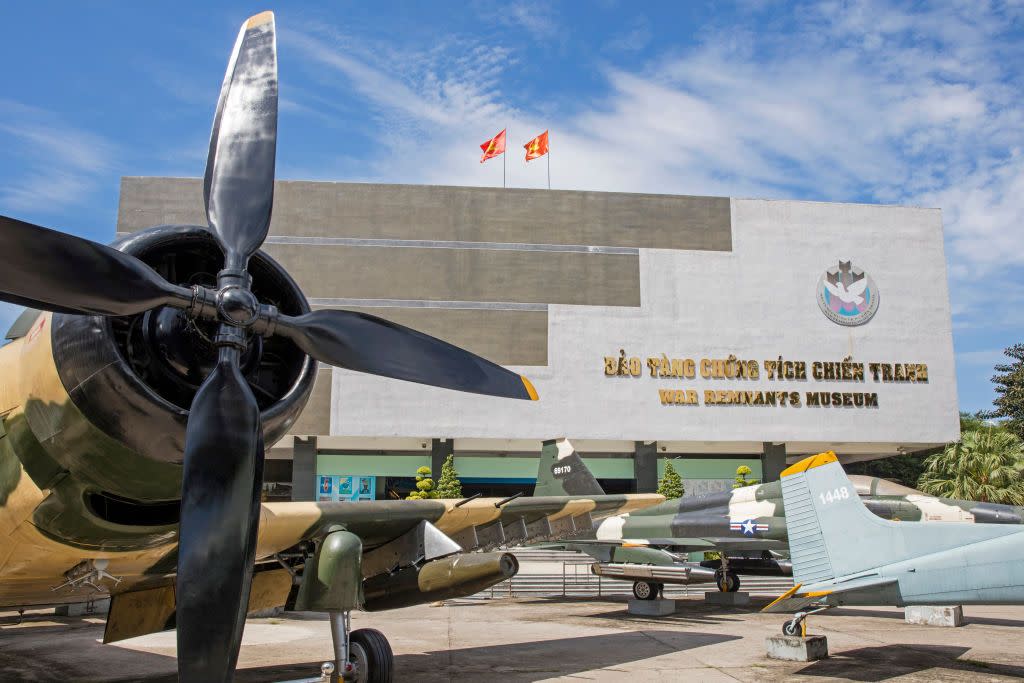
The San Francisco Museum of Modern Art
The first museum on the West Coast devoted solely to 20th-century art since 1935, the San Francisco Museum of Modern Art boasts an impressive seven floors of galleries with over 33,000 works and a wall seeded with thousands of plants. SFMoMA holds some of the most internationally recognizable modern art pieces including Henri Matisse’s Woman with a Hat and Marcel Duchamp’s provocative Fountain.
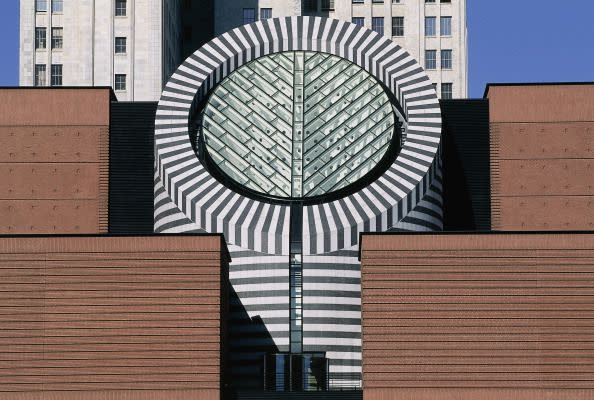
Museo de Arte de Puerto Rico
Inaugurated in 2000, Museo de Arte de Puerto Rico’s mission is to promote visual arts from Puerto Rico and around the world to a diverse audience. The museum’s primary and expansive collection of Puerto Rican art ranges from the 16th century to the present. The museum includes pieces such as Chula (Girl in typical Madrid Costume) by José Cuchy y Arnau and the 18th-century work The Daughters of Governor Ramón de Castro by José Campeche.
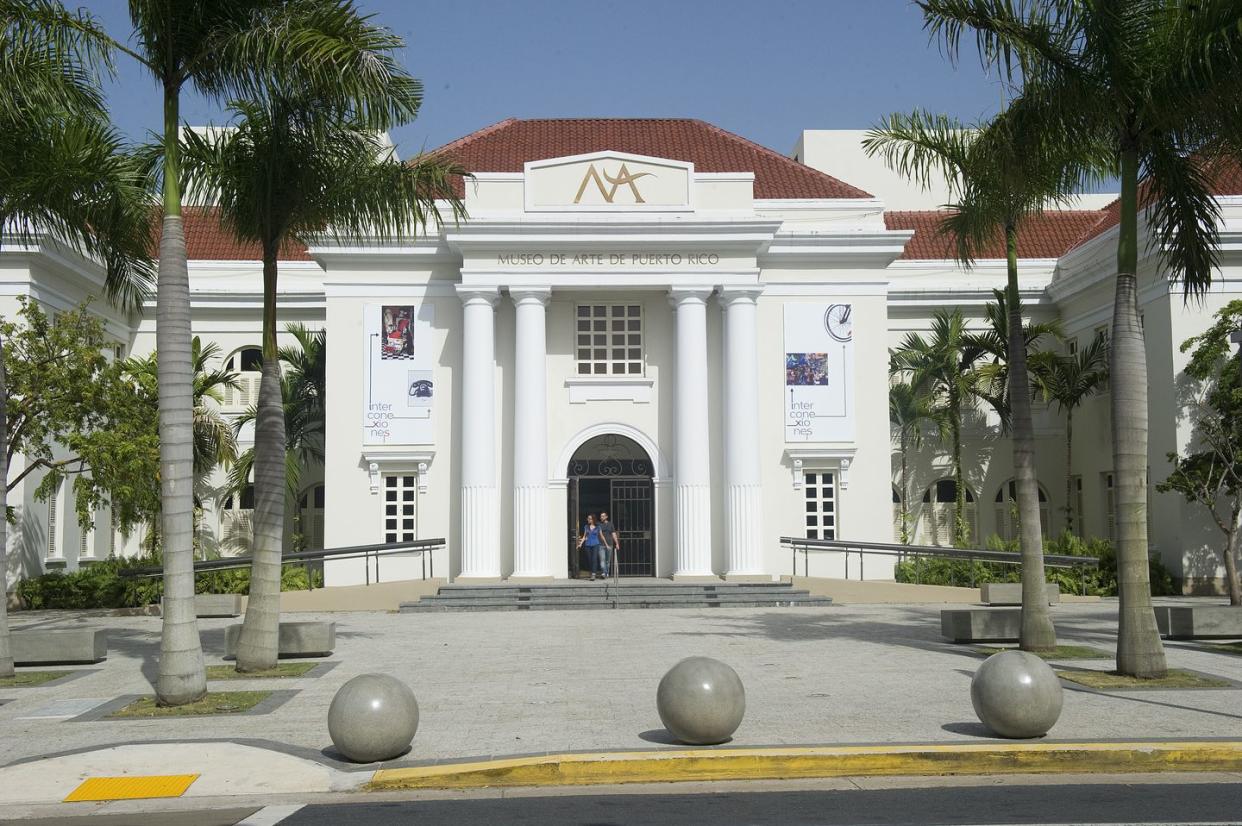
Museo Nacional de Antropología in Mexico City
The largest and most visited museum in Mexico, Museo Nacional de Antropología specializes in the history of the country’s pre-Columbian heritage through archaeological artifacts. Architect Pedro Ramírez Vázquez paid tribute to the indigenous legacy of Mexico by building the museum in the Chapultepec Forest, emphasizing a natural relationship with the environment. The 600,000-piece collection includes the Aztec Stone of Sun and the Xochipilli statue.
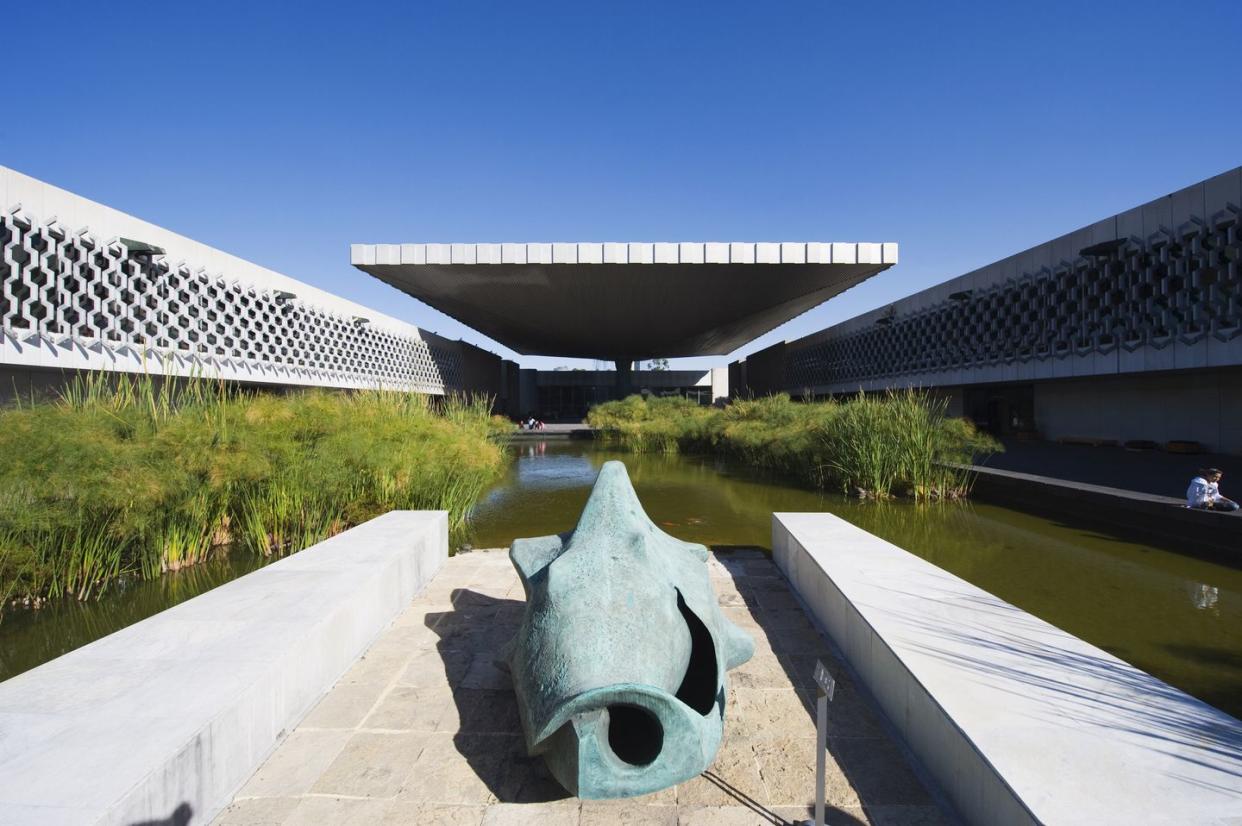
The Art Institute of Chicago
The Art Institute of Chicago has over 300,000 works of art for visitors to view across the original building and the Modern Wing designed by Renzo Piano. After the Great Fire of 1871, Chicago leaders were devoted to rebuilding and growing the city, which included opening a museum and school for the fine arts.
The Art Institute found its permanent home at the corner of Michigan Avenue and Adams Street in 1893 with two bronze lions marking the front entrance of the museum. Gustave Caillebotte's Paris Street; Rainy Day and Grant Wood's American Gothic are among the Institute's massive collection.
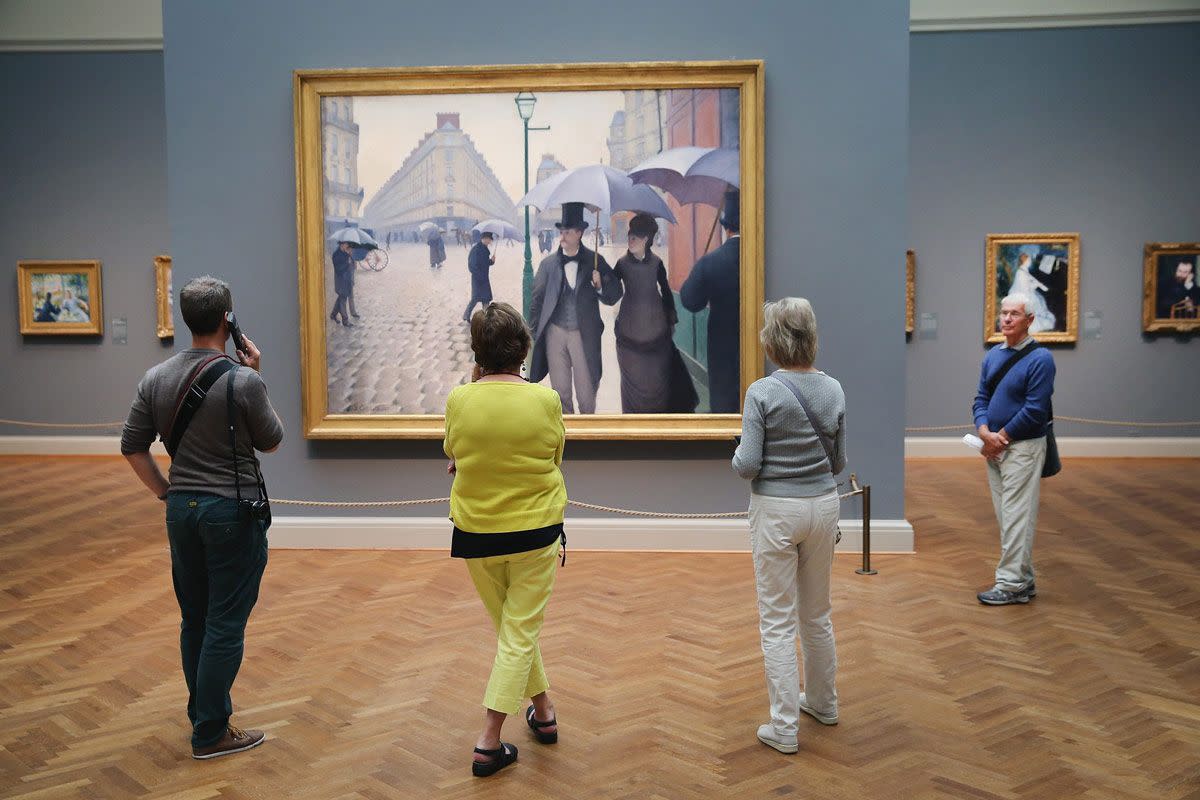
Museo Larco in Lima
Located in the Pueblo Libre District of Lima, Museo Larco specializes in pre-Columbian art, spanning over 5,000 years of Peruvian history. Established by Rafael Larco Hoyle in 1926 after acquiring 45,000 artifacts and vessels, the institution is currently housed in an 18th-century vice-royal building. Among the museum’s permanent collection, the Gold and Silver Gallery displays the largest collection of pre-Columbian jewelry, which was often worn by notable rulers during that time.
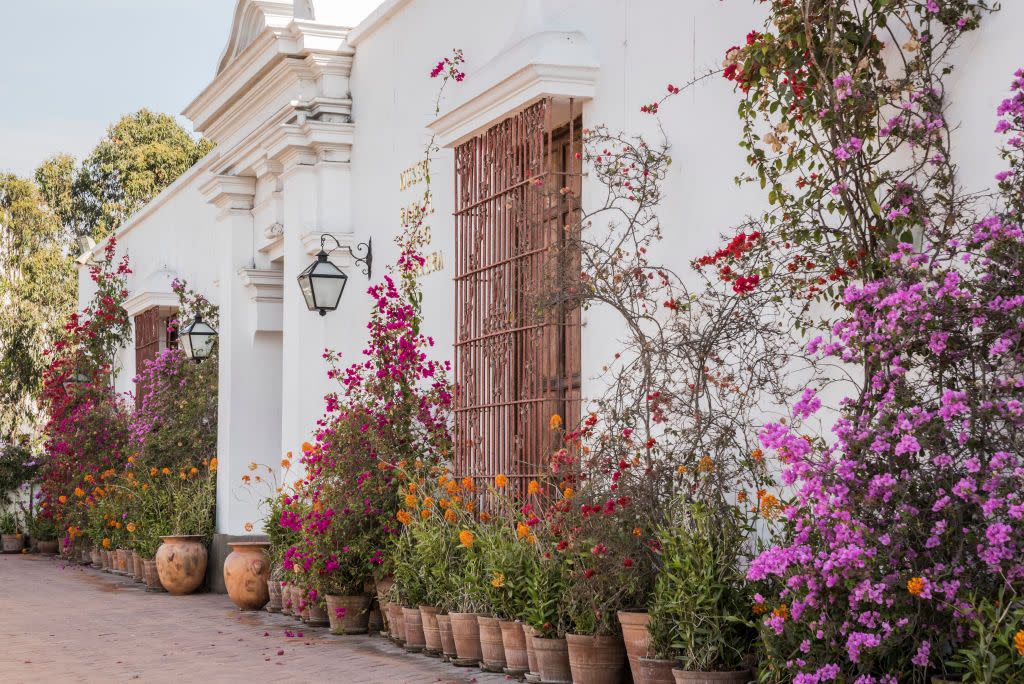
The Museum of Qin Terracotta Warriors and Horses in Xi'an, China
The ancient Chinese funerary art of terracotta sculptures at this mausoleum and museum depicts the armies of Qin Shi Huang, the first Emperor of China. The terracotta army, dating back to the late third century, was discovered by local farmers in 1974 just outside of Xi'an City. It’s estimated that the three pits within the mausoleum contains more than 8,000 soldiers, 130 chariots with 520 horses, and 150 cavalry horses. Within the same site, visitors can also enjoy the Museum of Terracotta Acrobatics, Museum of Terracotta Civil Officials, Museum of Stone Armor and Museum of Bronze Chariot and Horse.
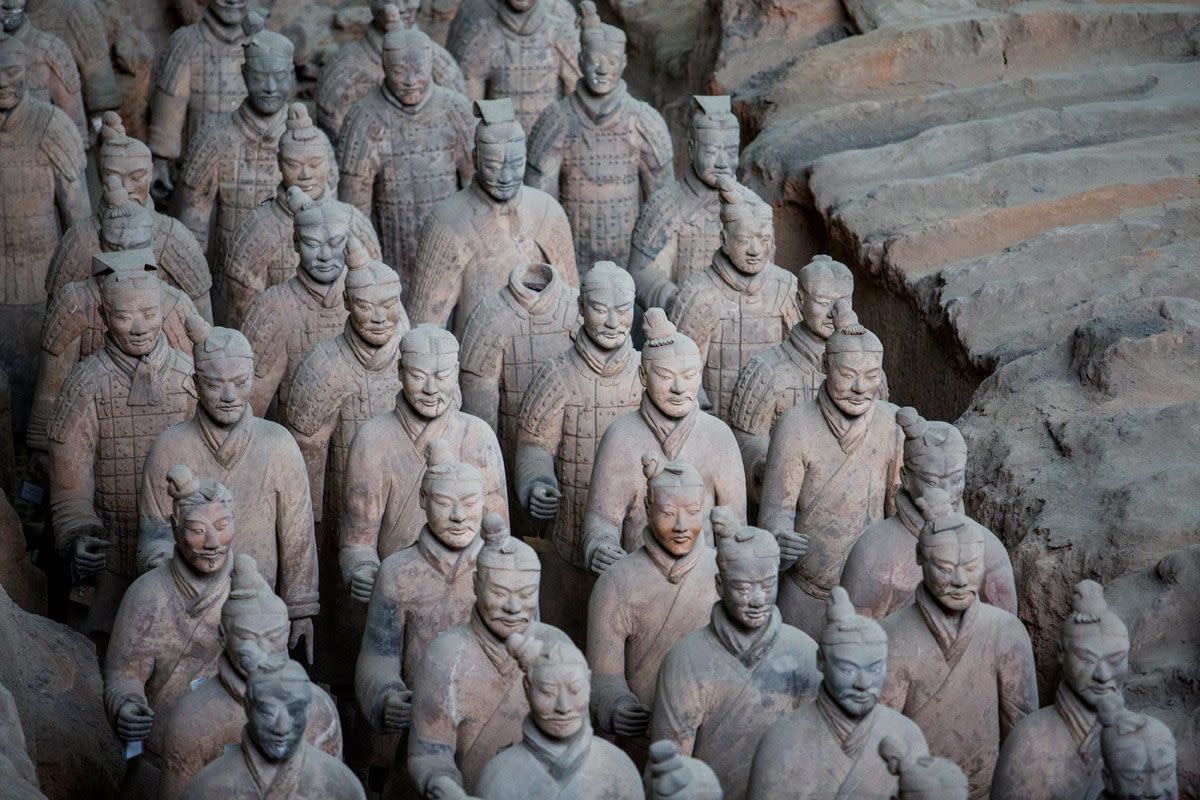
State Hermitage Museum in St. Petersburg
The State Hermitage Museum has roots dating back to 1764, after Catherine the Great wanted a private gallery within the Winter Palace to display her acquisition of 225 paintings by Flemish and Dutch artists. Today, the Hermitage Museum houses more than a million works of art and consists of five buildings—the Winter Palace, Large Hermitage, Small Hermitage, New Hermitage, and Theatre of Catherine the Great. The art and culture museum is home to a number of pieces by Dutch painter Rembrandt as well as an extensive collection of Japanese porcelain.
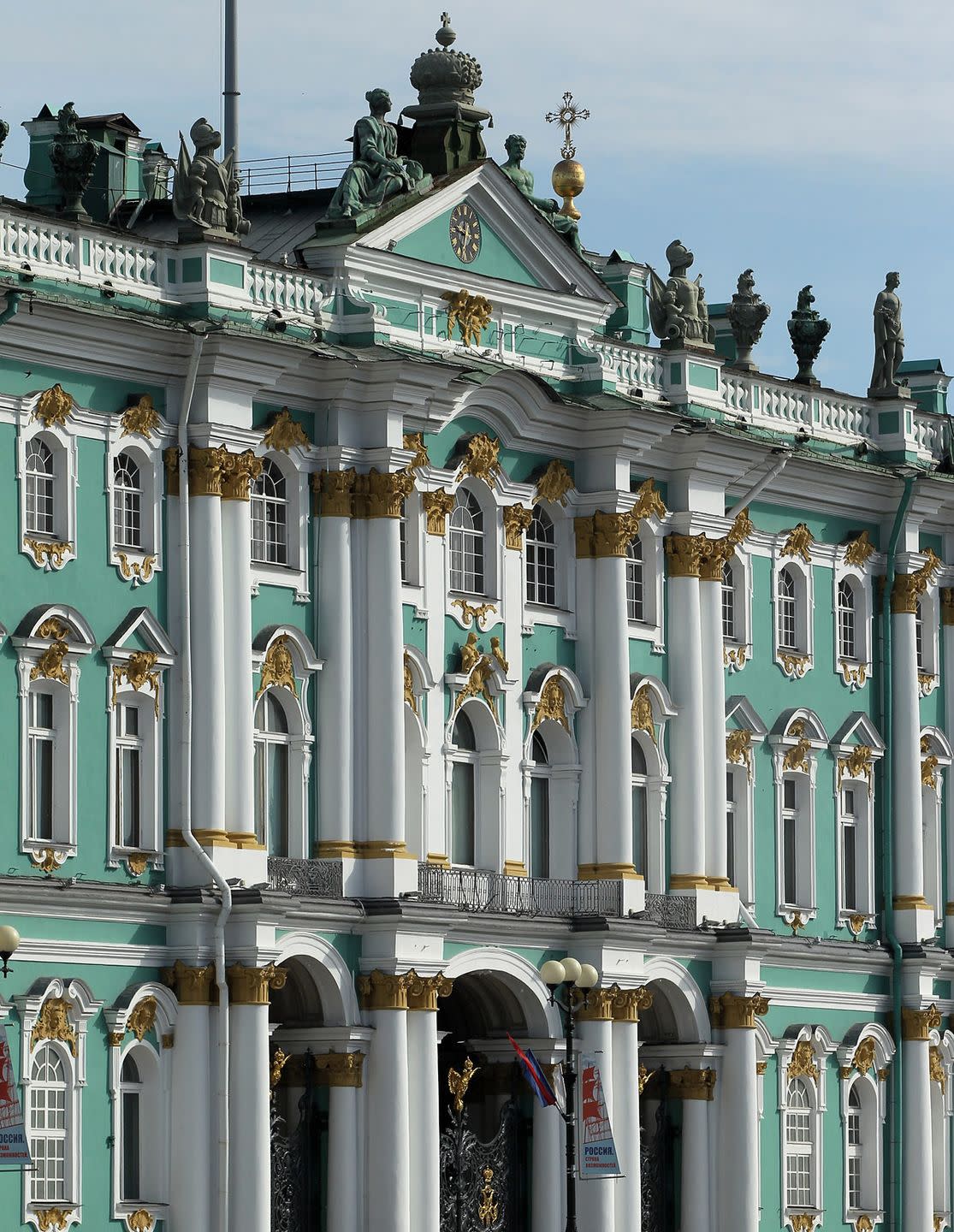
Museo Nacional Del Prado in Madrid
Designed by famed architect Juan de Villanueva, the Museo Nacional Del Prado serves as Spain's national museum, showcasing countless Spanish artists like Diego Velázquez and Francisco Goya. King Charles III ordered the construction of the Prado in 1785 to house the Natural History Cabinet.
King Ferdinand VII later designated the building as the new home of the Spain’s most valuable paintings and sculptures in November of 1819. The Prado announced in 2016 that British architect Norman Foster and Carlos Rubio Carvajal will renovate the Hall of Realms, formerly a part of the Buen Retiro palace, as a $32 million extension to the museum.
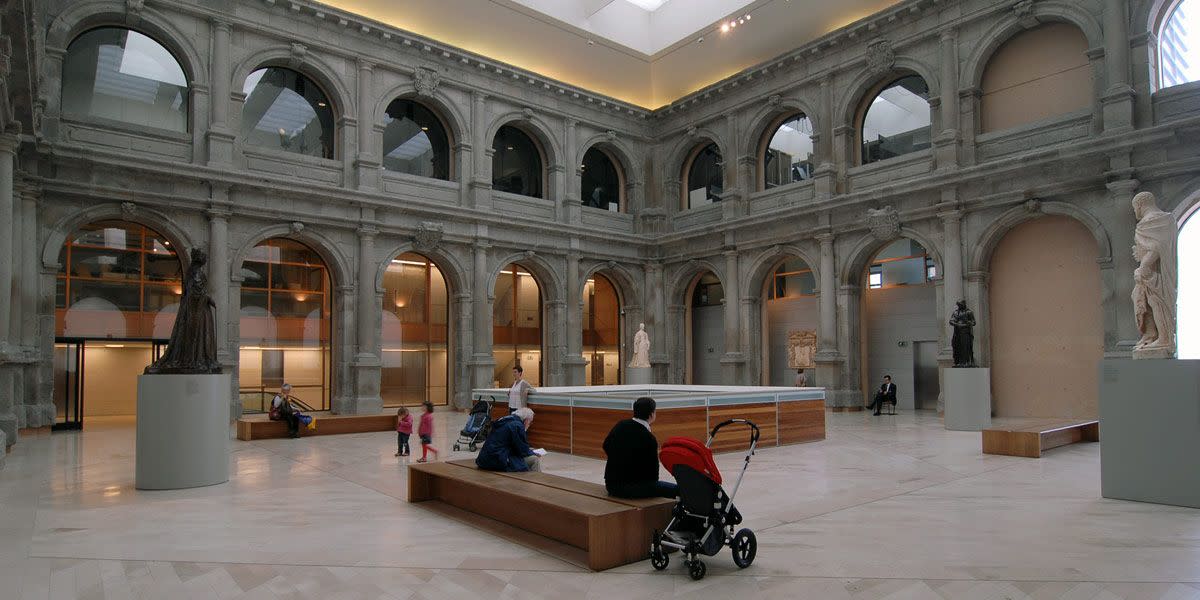
The National Gallery in London
Located on the north side of Trafalgar Square, the National Gallery houses the national collection of Western European paintings from the 13th to the 19th centuries. Opened in 1838, parliament felt that Trafalgar Square would be the perfect location for a free museum for its central location, making it possible for people of all classes of society to easily access the paintings. The permanent collection includes The Arnolfini Portrait by Jan Van Eyck and The Great Bathers by Paul Cézanne.
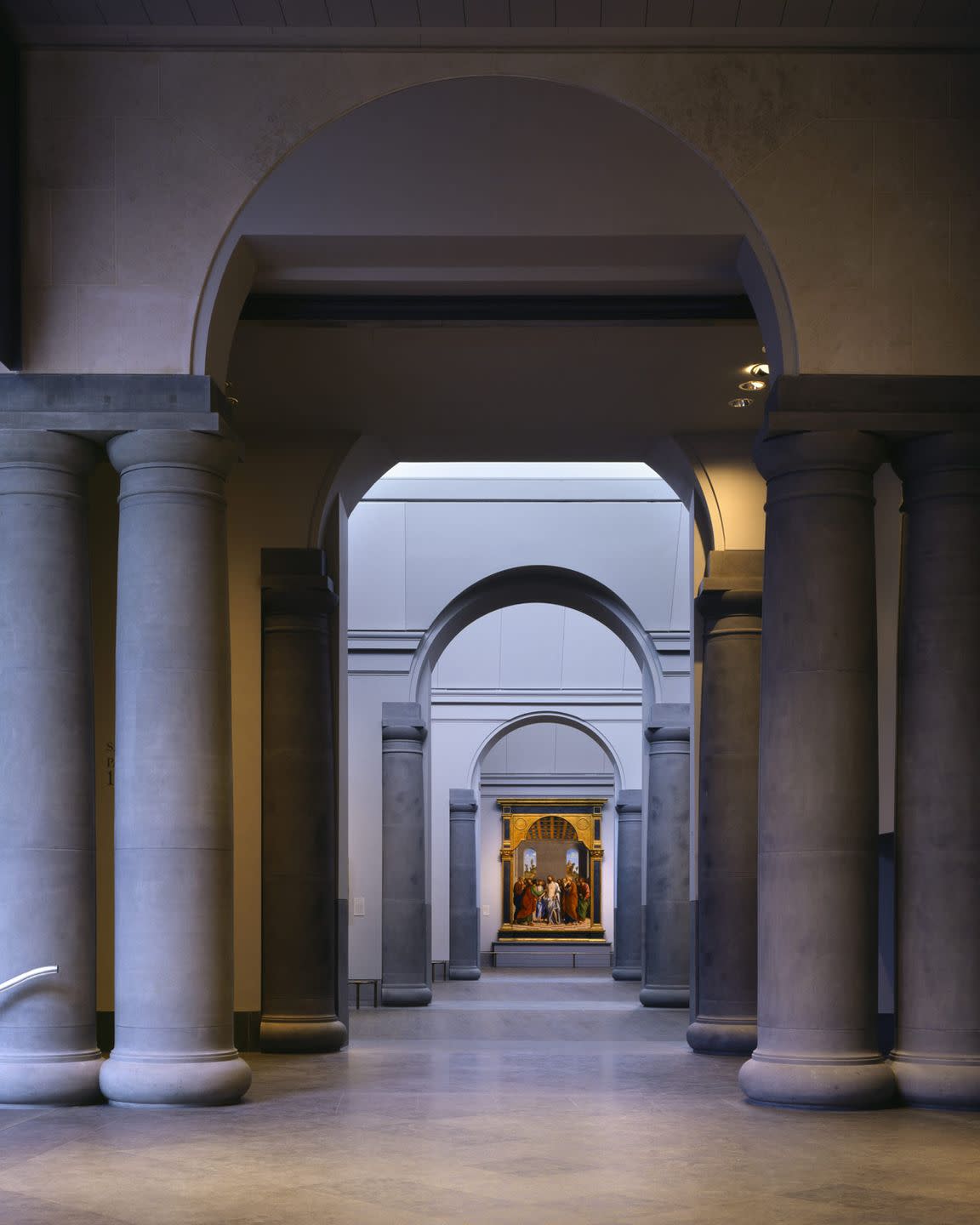
Rijksmuseum in Amsterdam
Formerly known as Nationale Kunstgalerij, Rijksmuseum first opened its doors on May 31, 1800, with more than 200 paintings and historical objects on display. Soon after taking the throne, King Louis Napoleon ordered that the collections be moved to the new capital of the Kingdom of Holland, Amsterdam, where it remains today.
The collection consists of one million objects dedicated to art and history with the museum’s first purchase, The Swan by Jan Asselijn, remaining one of Rijksmuseum’s most renowned pieces.
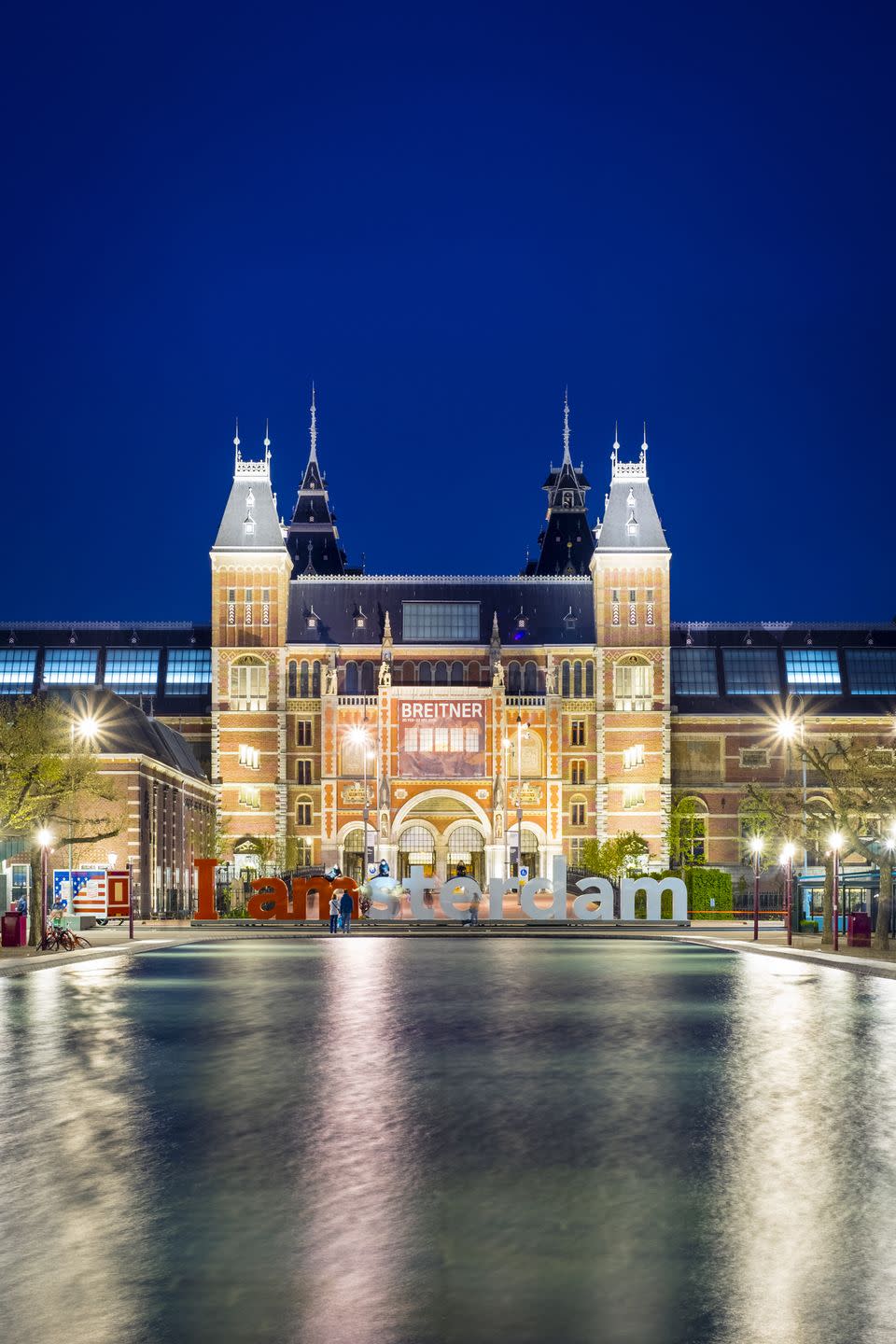
The Vasa Museum in Stockholm
Board this recovered 17th-century Swedish ship for the ultimate trip down Scandinavian memory lane at the Vasa Museum. Gustav II Adolf lead the construction of new Swedish navy ships around 1618 including the Vasa, named after the Vasa Dynasty. The ship was regarded as one of the most powerful warships in the Baltic until it ultimately sunk in August of 1628. As a part of the museum today, the recovered ship is now embellished with hundreds of wooden sculptures.
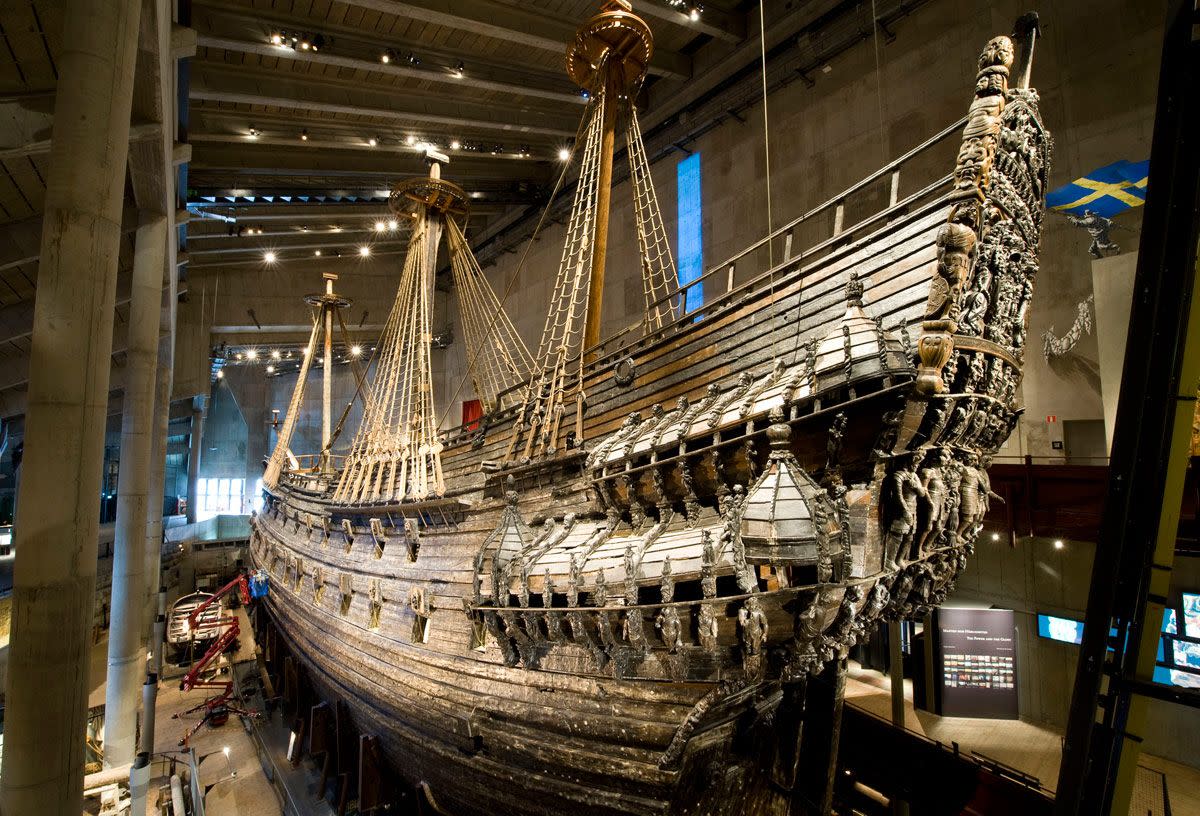
The Acropolis Museum in Athens
The highly curated exhibits of the Acropolis Museum focuses on the archaeological findings in the Acropolis of Athens between the Greek Bronze Age and Byzantine era. Located in the historic area of Makriyianni, the museum was founded in 1976 and houses nearly 4,000 sculptures and antiquities.
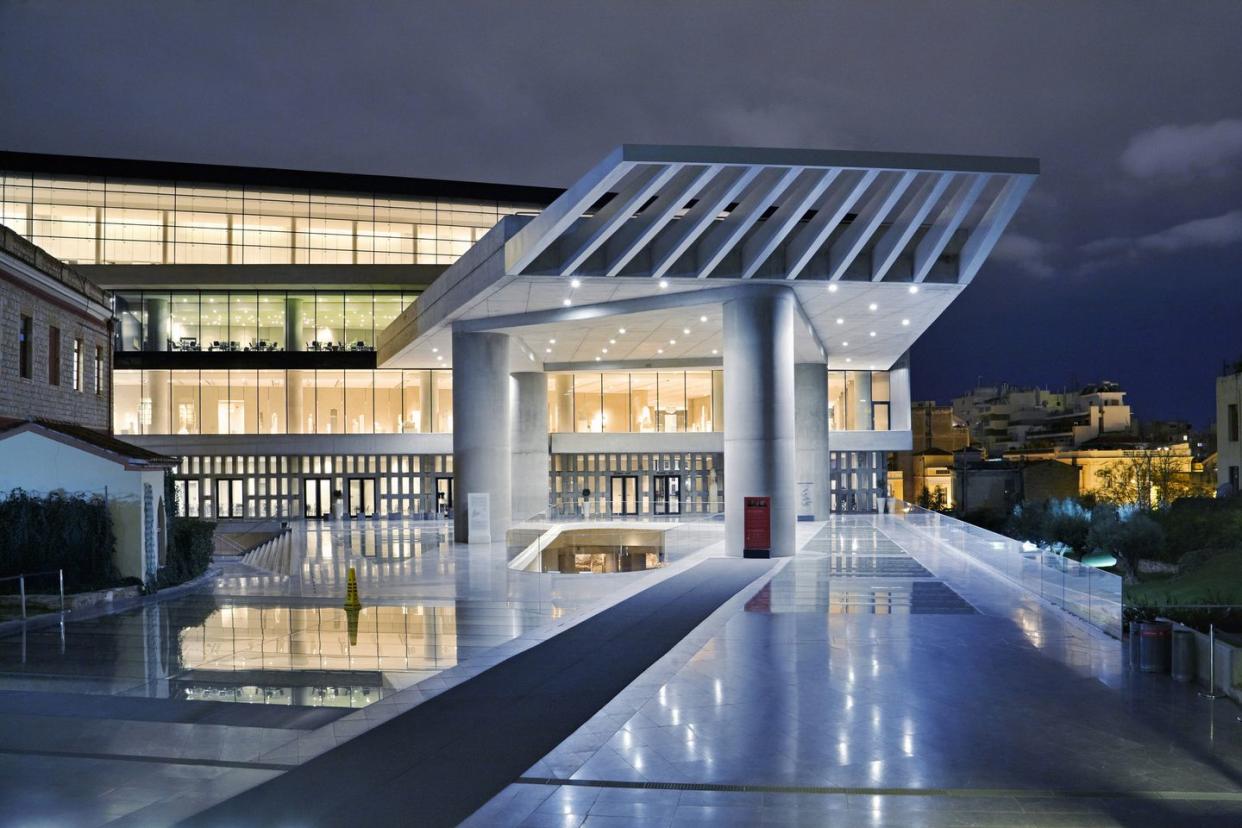
The British Museum in London
The first national museum in the world, the British Museum was established by parliament when physician Sir Hans Sloane passed on 71,000 items to King George II for the nation after his death in 1753. Sir Robert Smirke designed the museum’s current Greek Revival-style building, including the famous copper-domed Reading Room. The museum also is the current holder of the classic Elgin Marbles and the Rosetta Stone.
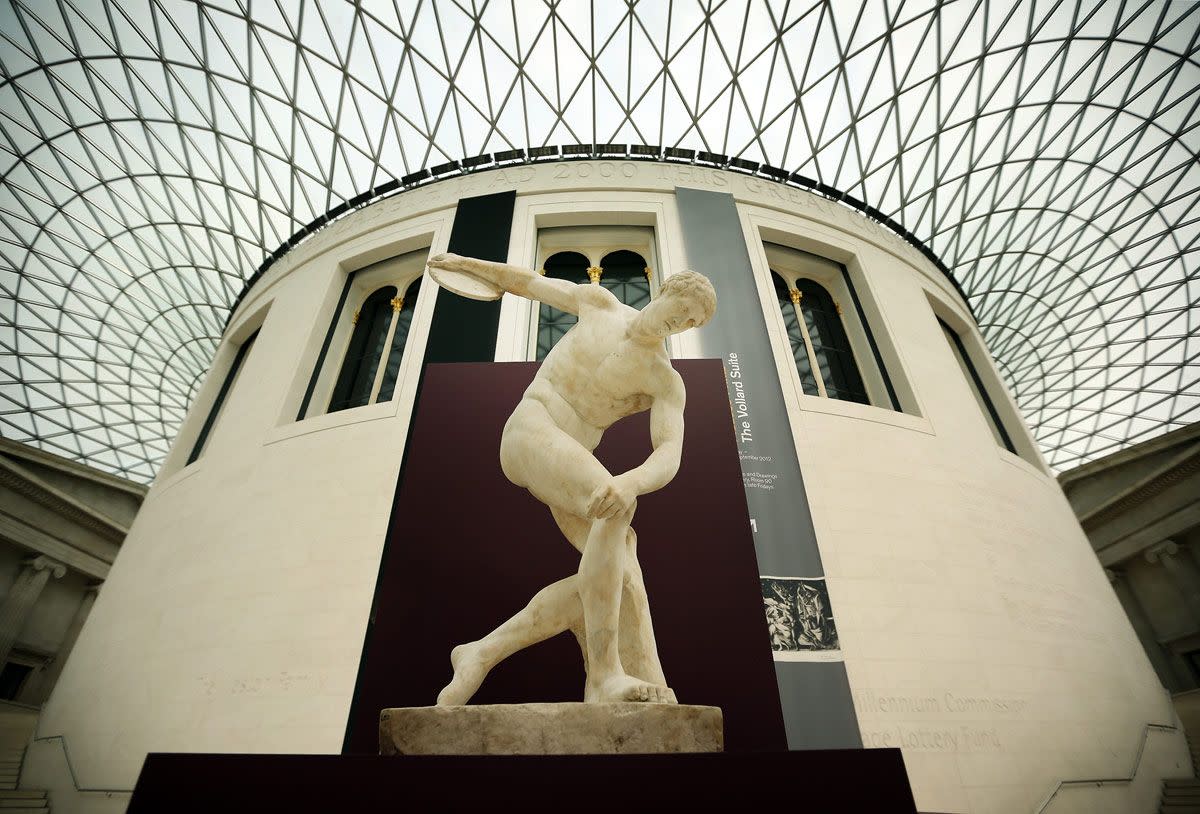
The Van Gogh Museum in Amsterdam
Touted as one of the most influential Dutch painters of all time, Vincent van Gogh produced nearly 900 paintings and more than 1,100 works on paper during his lifetime. The two buildings of the Vincent van Gogh Museum were designed by Gerrit Rietveld in 1973 with the core of the collection coming from Theo van Gogh, Vincent’s younger brother. Along with his own artwork like Sunflowers, the gallery also includes work by those van Gogh influenced.
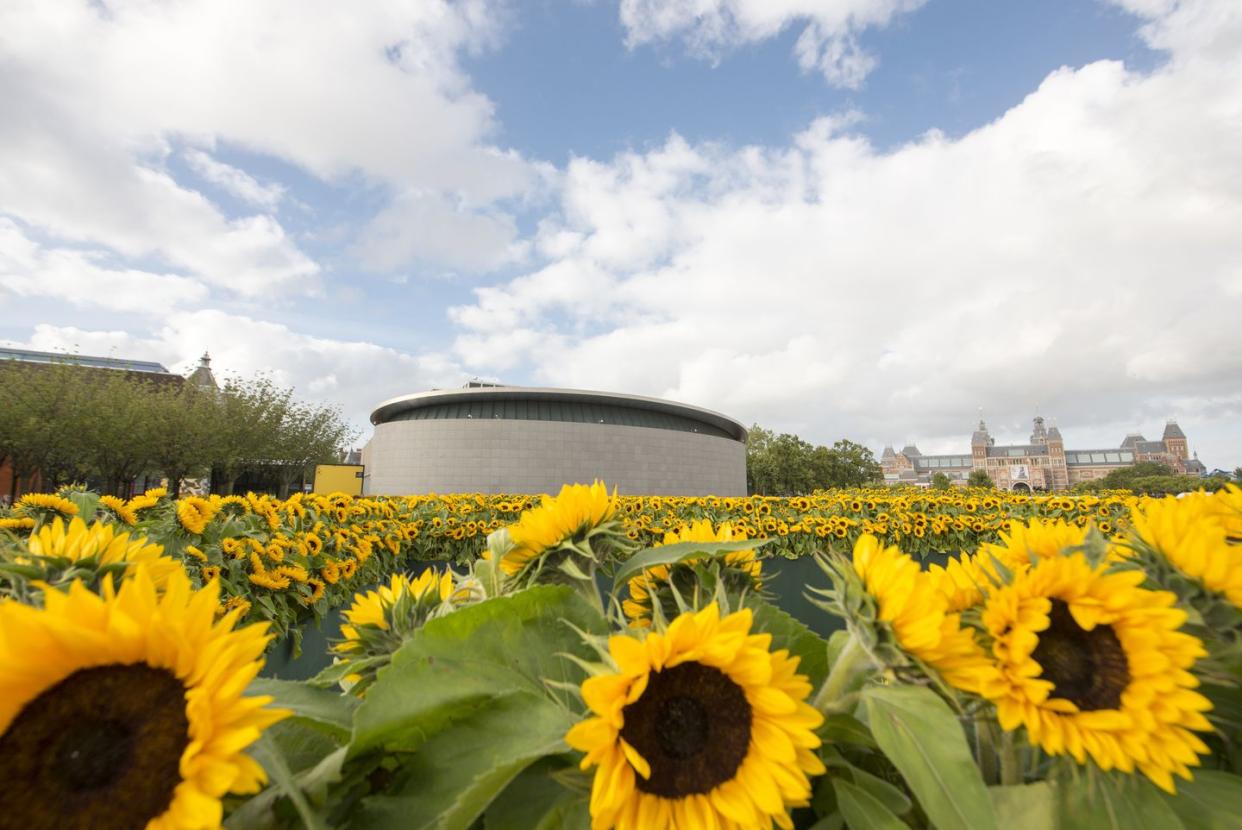
Galleria dell'Accademia in Florence
The Grand Duke of Tuscany established the Galleria dell'Accademia in the 18th-century as a teaching facility for students of the Academy of Fine Arts. Michelangelo's David joined the museum in 1873 from Piazza della Signoria, becoming the museum’s must-see attraction. The Academia Gallery also showcases a collection of antic musical instruments.
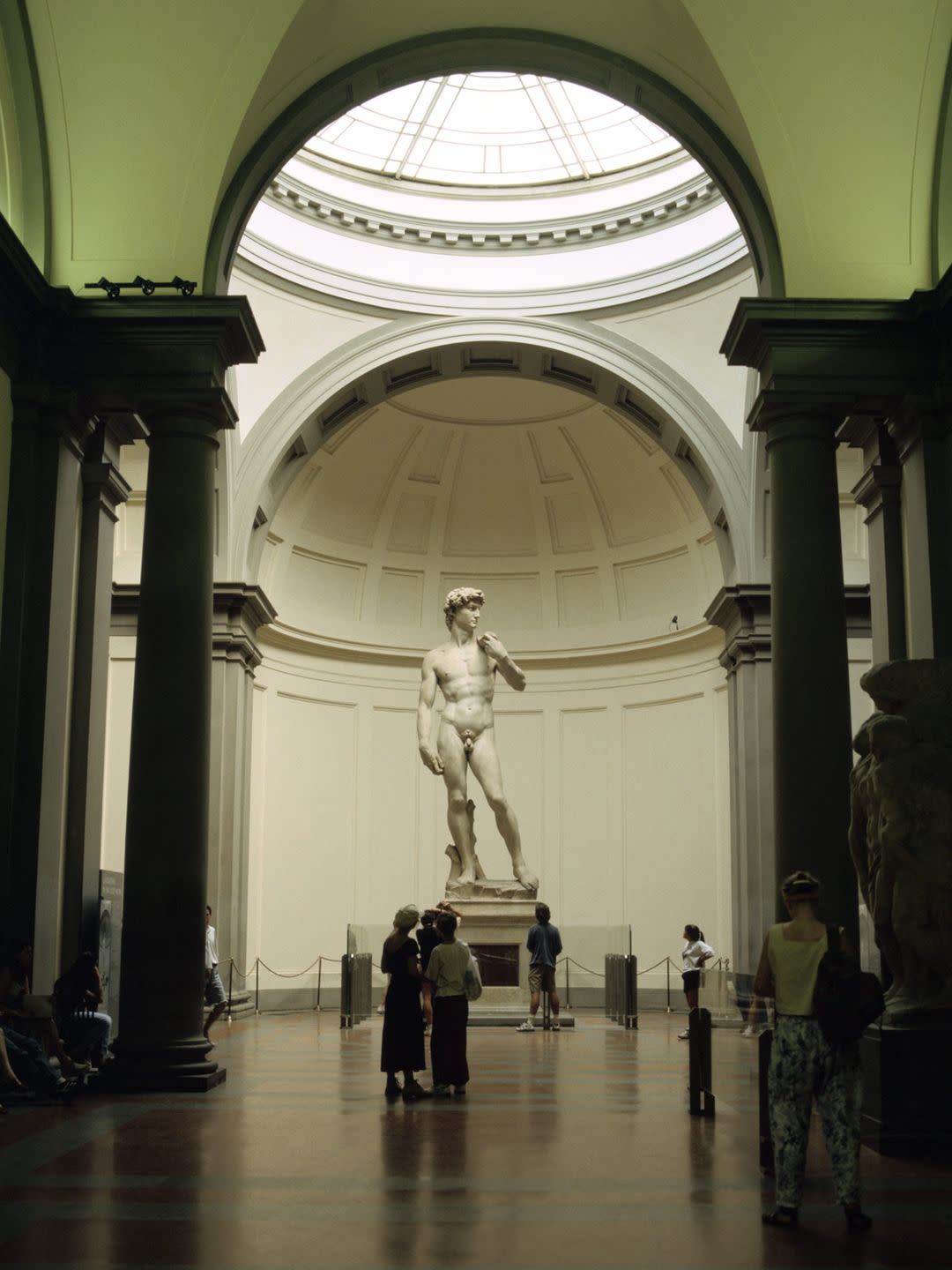
The National WWII Museum in New Orleans
The National WWII Museum explains the grueling facts of the war—why it was fought, how it was won, and what it means today—from the American perspective. Two historians, Stephen Ambrose and Gordon H. "Nick" Mueller established the war museum in 2000, and it was later designated as America’s National WWII Museum by a 2004 act of Congress. The grounds include five pavilions that house historical exhibits, on-site restoration work, a period dinner theater, and restaurants.
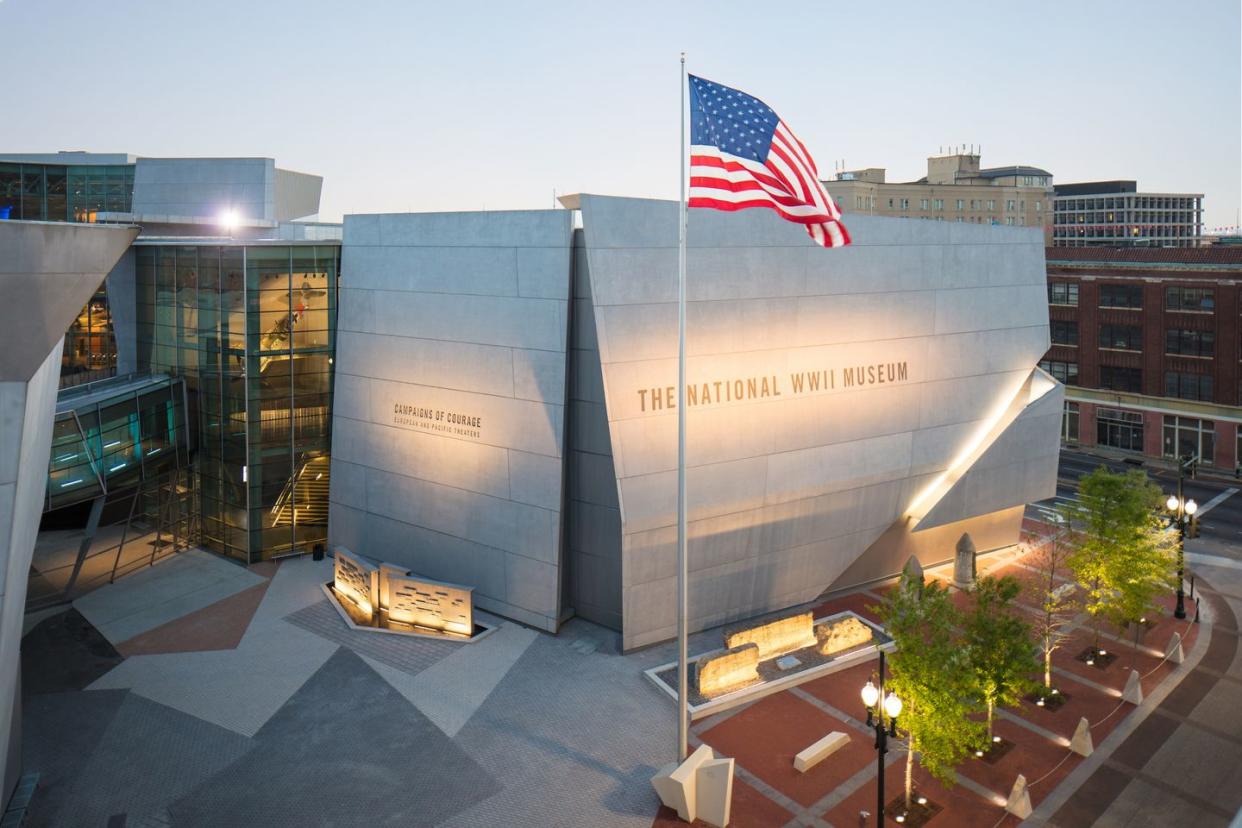
Pergamon Museum in Berlin
As the most-visited museum in Germany, the Pergamon houses reconstructions of massive archaeological structures like the Pergamon Altar, Market Gate of Miletus, the Ishtar Gate of Babylon, and the Mshatta Facade. During the 19th-century, the discovery of the ancient city of Troy by archaeologist Heinrich Schliemann fueled German researchers to travel to Babylon, Uruk, Ashur and Egypt to discover other worldly treasures. Museum Island become the location of preservation for these ancient treasures and later home to the Pergamon Museum.
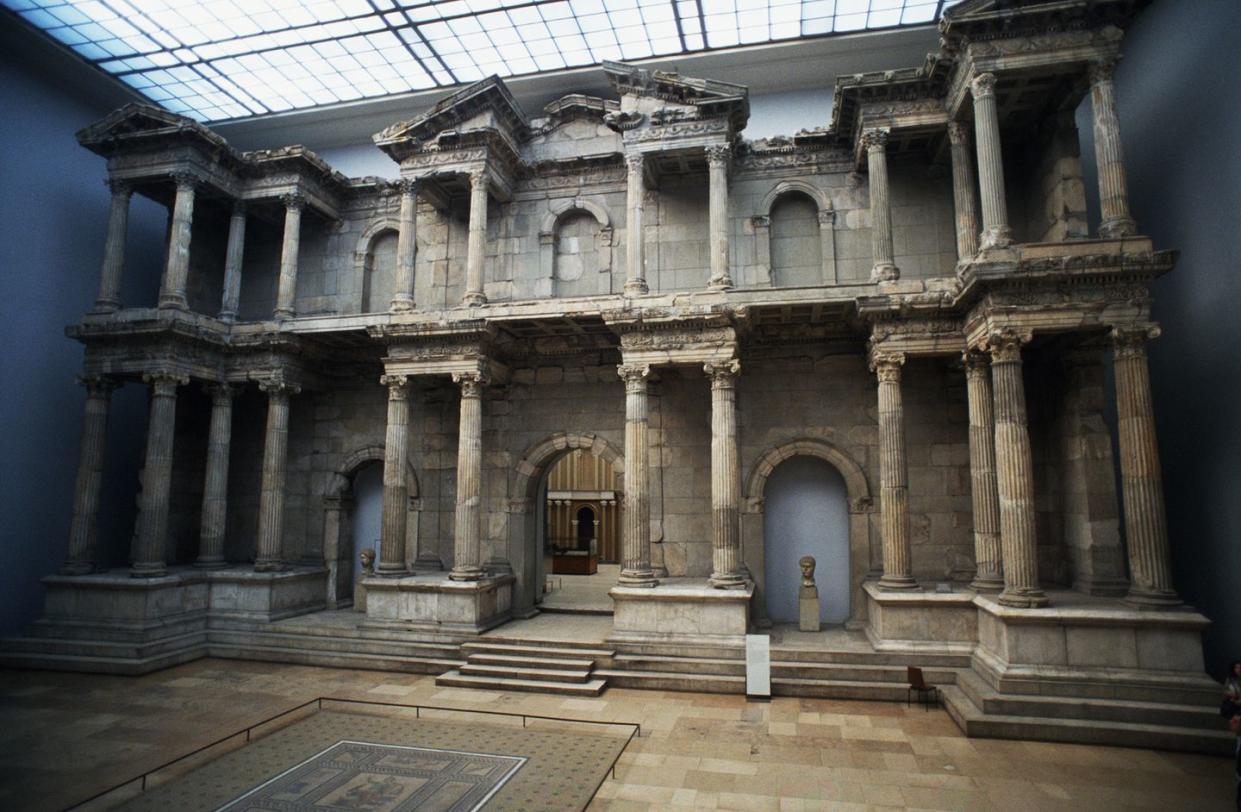
The Getty Center in Los Angeles
The Getty Center is the West Coast institution that hosts European paintings, drawings, sculpture, illuminated manuscripts, decorative arts, and photography. The origins of the Getty date back to 1953 when art collector J. Paul Getty established his own eponymous art trust and converted part of his ranch house into a museum. After his passing, the businessman left the vast bulk of his estate to the J. Paul Getty Museum Trust, which was put forth for the establishment of the center. Along with Vincent van Gogh’s masterpiece Irises, the grounds beautiful garden is a must-see.
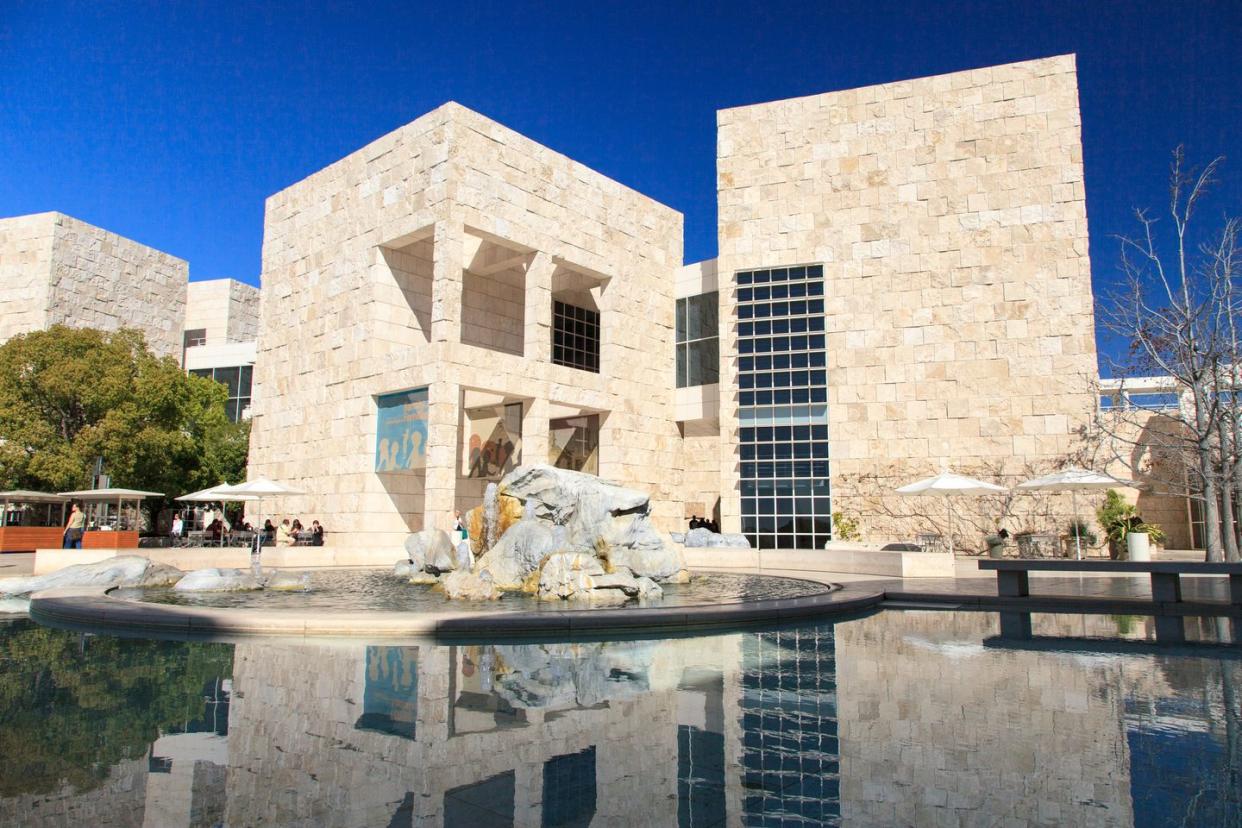
Smithsonian National Air and Space Museum in Washington, D.C.
While the Smithsonian National Air and Space Museum didn’t officially open until 1976, the institution’s relation to aviation began at its creation with the first secretary of the Smithsonian, Joseph Henry. The physicist invited aeronaut Thaddeus S.C. Lowe to inflate a hot air balloon on the museum’s grounds in 1861, establishing the institution’s dedication to air and space education. The museum details America's storied past of space exploration and aeronautics trial and error.
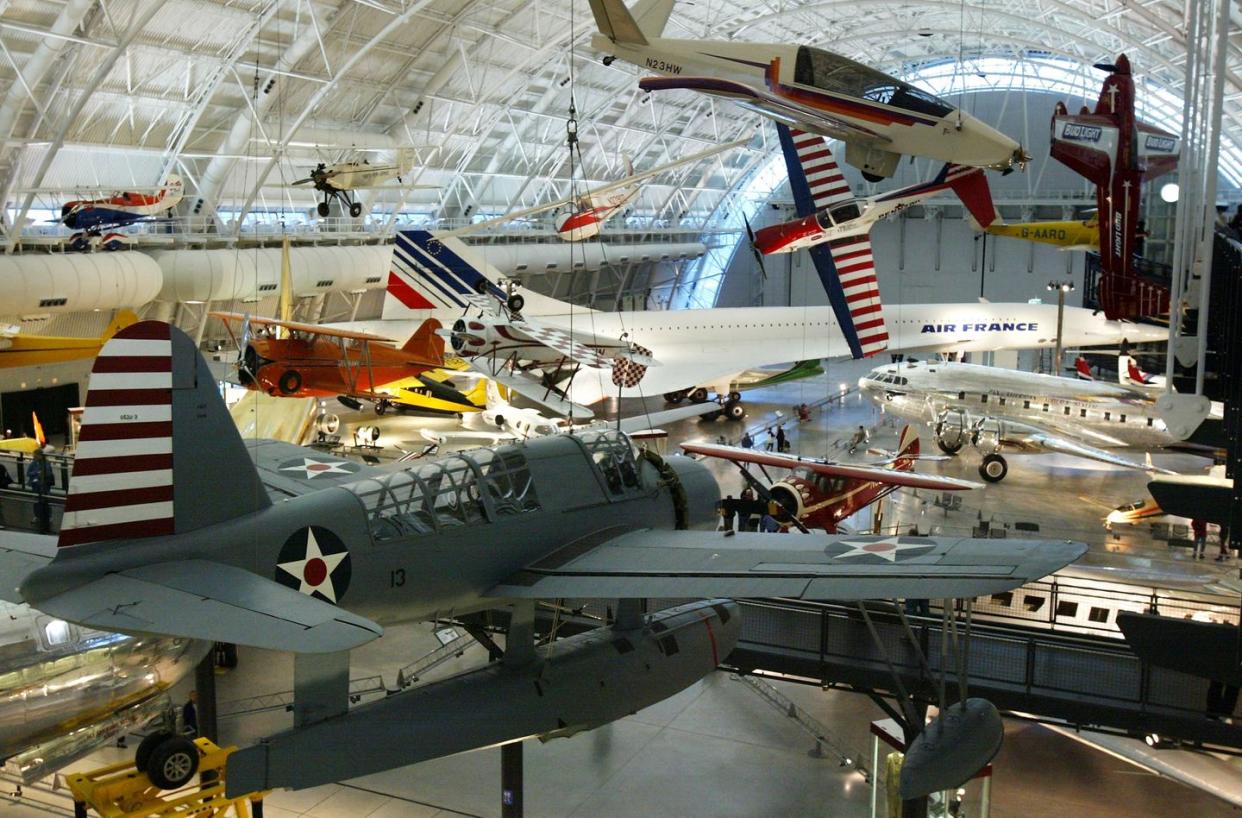
Instituto Ricardo Brennand in Recife, Brazil
Brazilian collector and businessman Ricardo Brennand inaugurated the nonprofit cultural institution in 2002 with historic and artistic objects related to Colonial and Dutch Brazil. Instituto Ricardo Brennand's architecture is inspired by a Tudor-style castle complete with drawbridge. The colonial Brazil museum features an impressive collection of 3,000 pieces of armory.
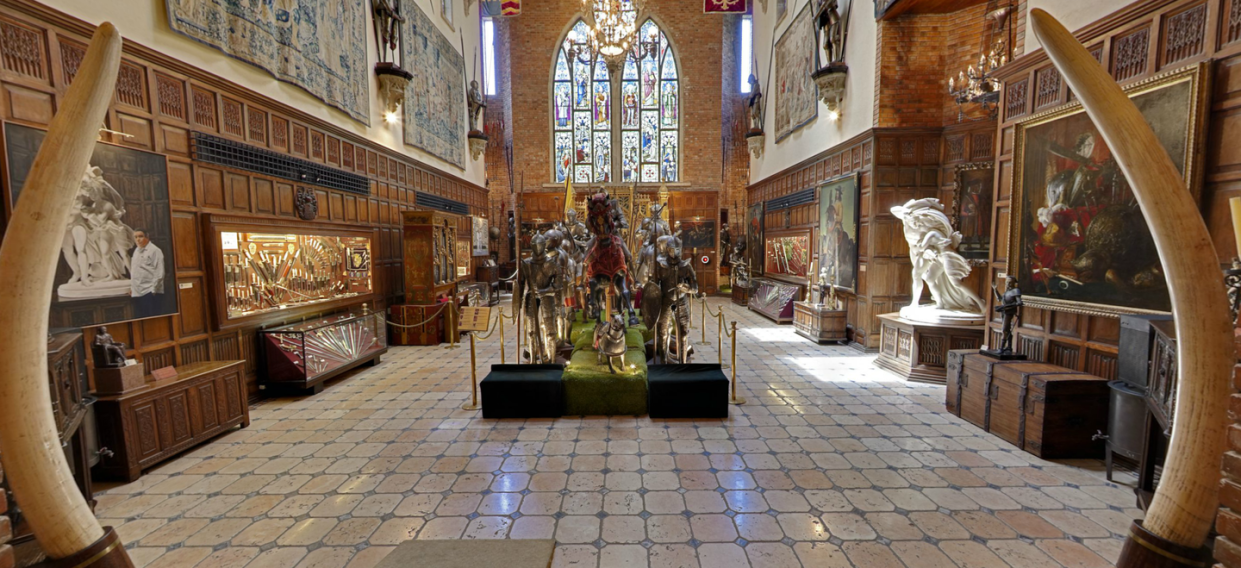
Yad Vashem Holocaust Memorial in Jerusalem
Yad Vashem serves as the World Holocaust Remembrance Center with its most notable installations being the Hall of Names, a memorial for each Jewish person murdered in the Holocaust. Designed by renowned architect Moshe Safdie, the center is located on Mount Herzi, also called the Mount of Remembrance, overlooking Jerusalem. The museum presents the story of the Holocaust through a Jewish perspective with original artifacts from victims, survivor testimonies, and personal possessions.

National Gallery of Art in Washington, D.C.
The 1937 creation of the National Gallery of Art is largely in part due to art collector and former secretary of the treasury, Andrew W. Mellon. The art enthusiast offered his expansive art collection to President Franklin D. Roosevelt for a new museum on the National Mall’s grounds to equal the national art museums of other countries.
Architect John Russell Pope modeled the rotunda in the West Building after the ancient Roman Pantheon with barrel-vaulted sculpture halls to the east and west of it. The gallery provides a permanent home for nearly 4,000 European and American paintings, 3,000 sculptures, 31,000 drawings, 70,000 prints, and 12,000 photographs.
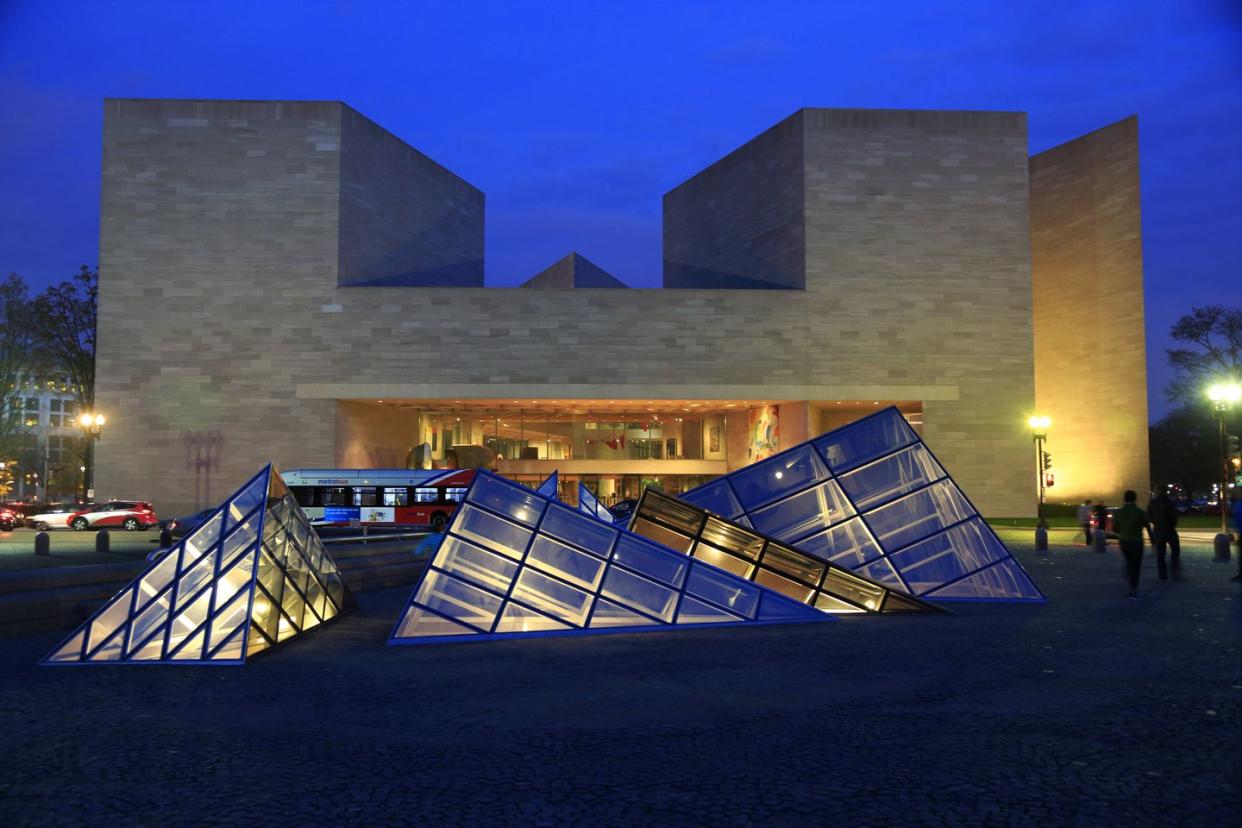
Inhotim in Brumadinho, Brazil
Inhotim houses one of the largest collections of contemporary art in Brazil along with one of the largest outdoor art centers in all of Latin America. As a way to protect the natural landscape surrounding his farmhouse in the mid-1980s, Minas Gerais businessman Bernardo de Mello Paz began buying the land surrounding the property. Soon after, Paz laid the foundation for Inhotim by converting his ranch into a 5,000-acre botanical garden. The gardens are now famous for containing rare species of plants from every continent.
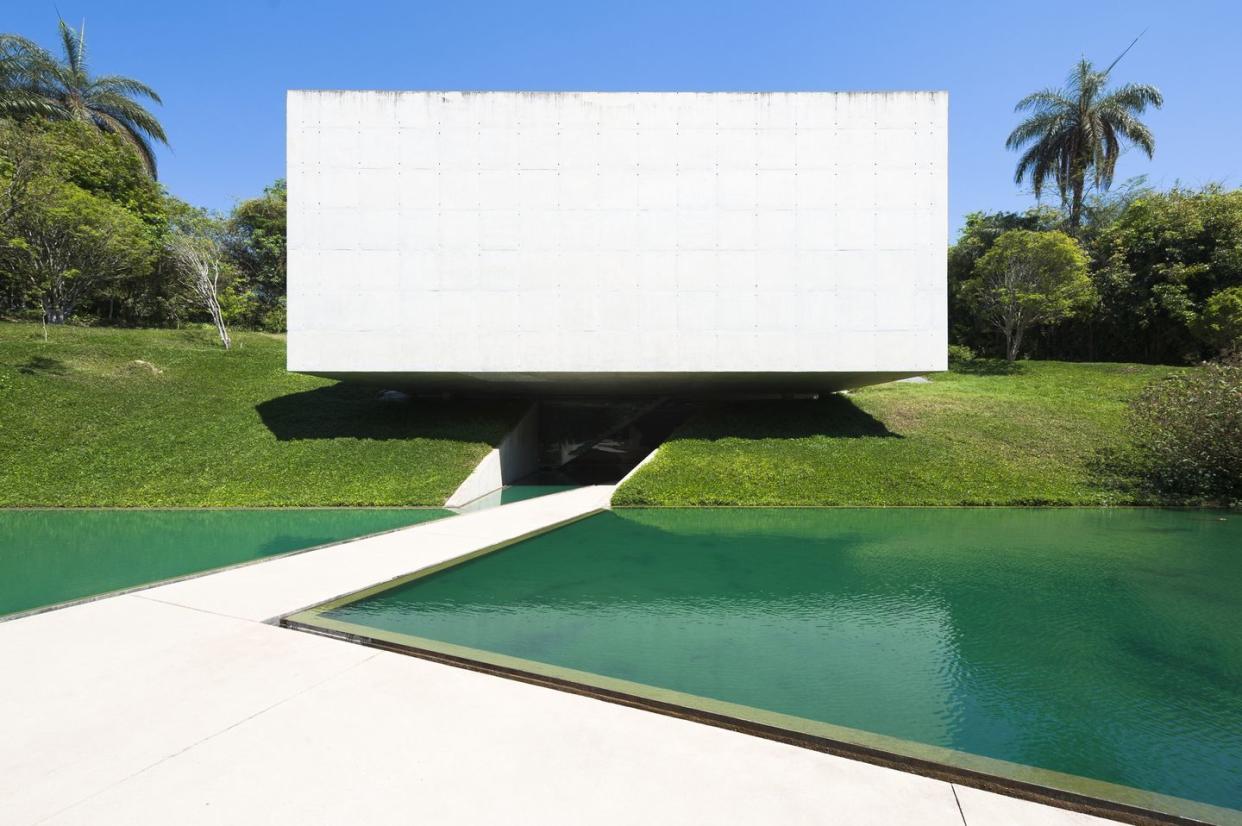
Museo de Arte Latinoamericano de Buenos Aires in Buenos Aires
This Argentine museum showcases Latin American art spanning from the early 20th century to the present, including works from acclaimed artists like Frida Kahlo. The nonprofit museum was created by businessman Eduardo Costantini in 2001 with the museum’s permanent body of work coming from his personal Costantini collection.
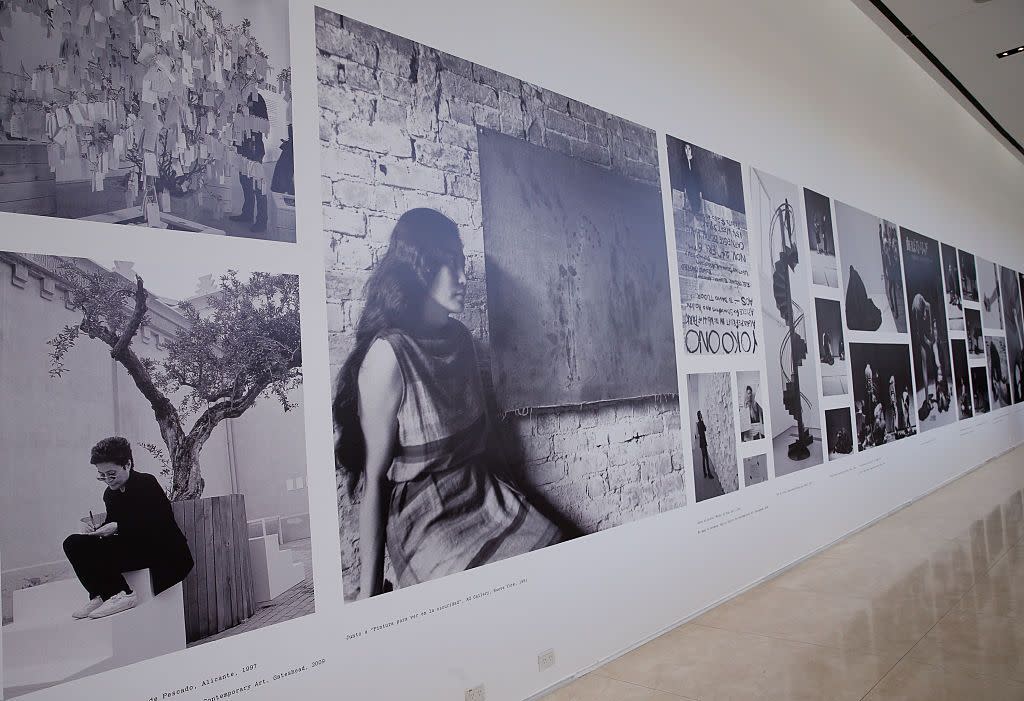
Museum of New Zealand Te Papa Tongarewa in Wellington
Explore the bicultural partnership between indigenous and non-indigenous people at New Zealand’s national museum. Translated to “Our Place,” Te Pa's emphasis on diversity began in 1865 with the opening of the Colonial Museum, which included a number of paintings and ethnographic items from the indigenous Māori people.
After a number of name changes, the Museum of New Zealand Te Papa Tongarewa officially opened 1998, uniting National Museum and National Art Gallery as one entity. The vast 800,000 piece collection ranges from contemporary artworks to ancestral carvings in their Taonga Māori Collection.
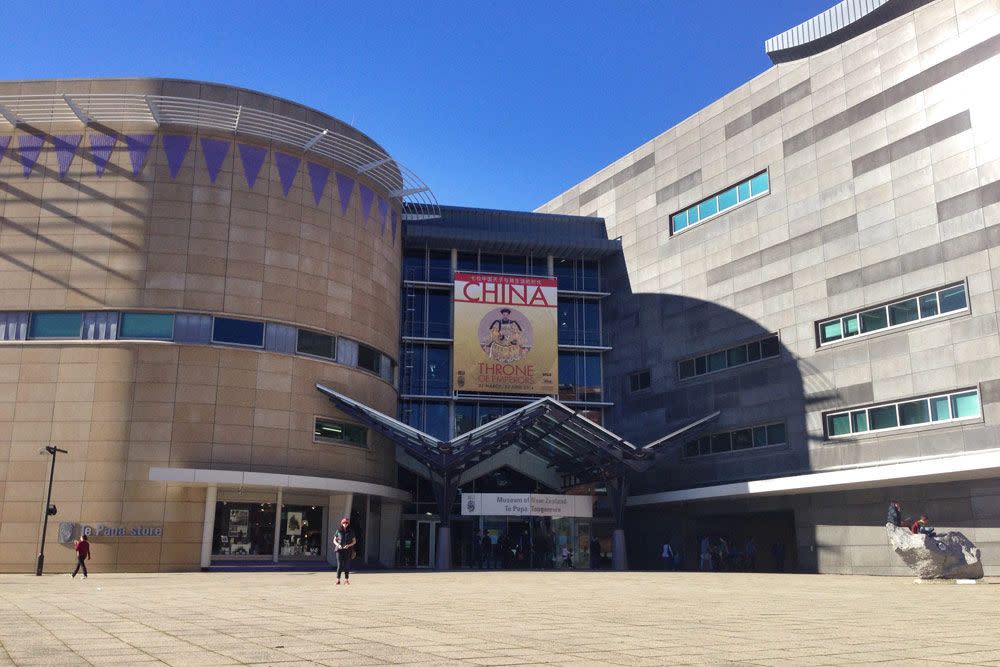
You Might Also Like
